Hyperliquid, one of the fastest-growing decentralized perpetual exchanges, is preparing to roll out HIP-3, a major upgrade that will allow anyone to create and deploy perpetual futures markets on the platform.
The move represents a shift toward a more open and community-driven ecosystem, where market listings are no longer restricted by centralized gatekeeping.
The upgrade is expected to go live later today, according to an announcement shared by a Hyperliquid administrator in the project’s Discord server.
HIP-3: moving toward full decentralization
In the announcement, the administrator confirmed that HIP-3 will be enabled during the network upgrade, but noted that “there is no immediate change for users.”
Once the feature is live, eligible deployers who meet the on-chain requirements will be able to launch their own perpetual futures markets on Hyperliquid without needing approval from the core team.
The details, previously outlined in the project’s governance documents, describe HIP-3, or Hyperliquid Improvement Proposal 3, as a foundational step toward decentralizing the exchange’s listing process.
Builders will be able to deploy new perpetuals on HyperCore, the base layer of the protocol, by staking 500,000 HYPE, the platform’s native token.
HIP-3 also introduces several safety mechanisms designed to protect traders and ensure responsible deployment. These include validator slashing, open interest caps, and integration with HyperEVM, Hyperliquid’s smart contract and governance environment.
The new framework is meant to strike a balance between decentralization and protocol integrity as the exchange expands its ecosystem.
Hyperliquid founder responds to liquidation underreporting allegations
Meanwhile, Hyperliquid’s founder, Jeff, has responded to growing discussions about underreported liquidation data across exchanges.
In a post on X on October 13, Jeff clarified that Hyperliquid’s onchain transparency sets it apart from centralized platforms, writing:
“Hyperliquid’s fully onchain liquidations cannot be compared with underreported CEX liquidations. Hyperliquid is a blockchain where every order, trade, and liquidation happens onchain. Anyone can permissionlessly verify the chain’s execution, including all liquidations and their fair execution for all users. Furthermore, anyone can verify the solvency of the entire system in real time. Transparency and neutrality are key reasons that fully onchain DeFi is the ideal infrastructure for global finance.”
Jeff went on to point out that some centralized exchanges, including Binance, publicly disclose only a fraction of liquidation events.
“Even if there are thousands of liquidation orders in the same second, only one is reported,” he noted, referencing documentation that suggests this could result in up to 100x underreporting during high-volatility periods.
He concluded by emphasizing that transparency and neutrality must become foundational principles for the next phase of digital finance, a sentiment reinforced by an accompanying image showing Binance’s own “Liquidation Order Streams” documentation, which confirms that only one liquidation per symbol is pushed every 1,000 milliseconds.
“Hopefully the industry will see transparency and neutrality as important features of the new financial system, and others will follow,” Jeff added.










.webp)

.webp)
.webp)

%20(1).webp)
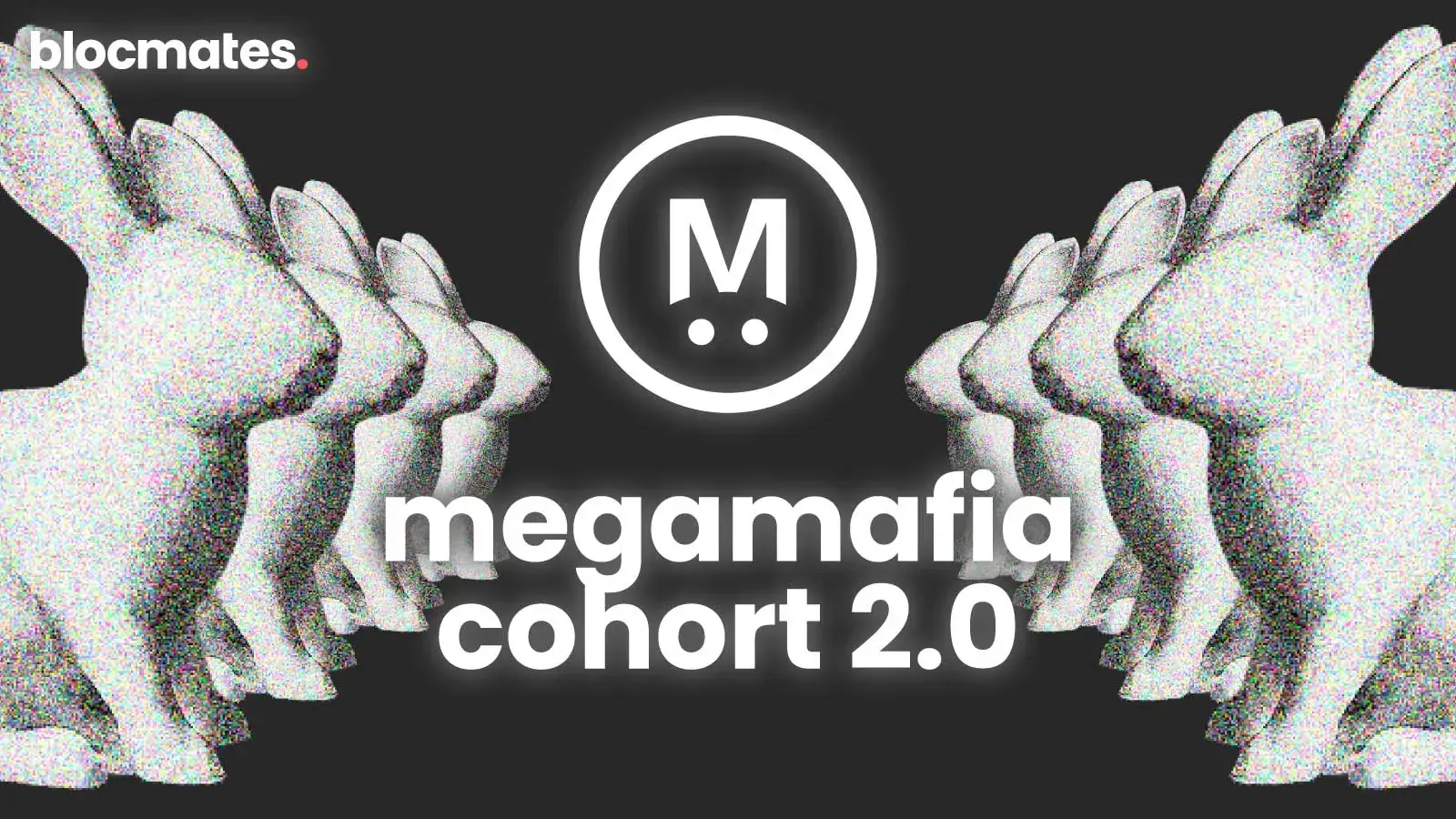
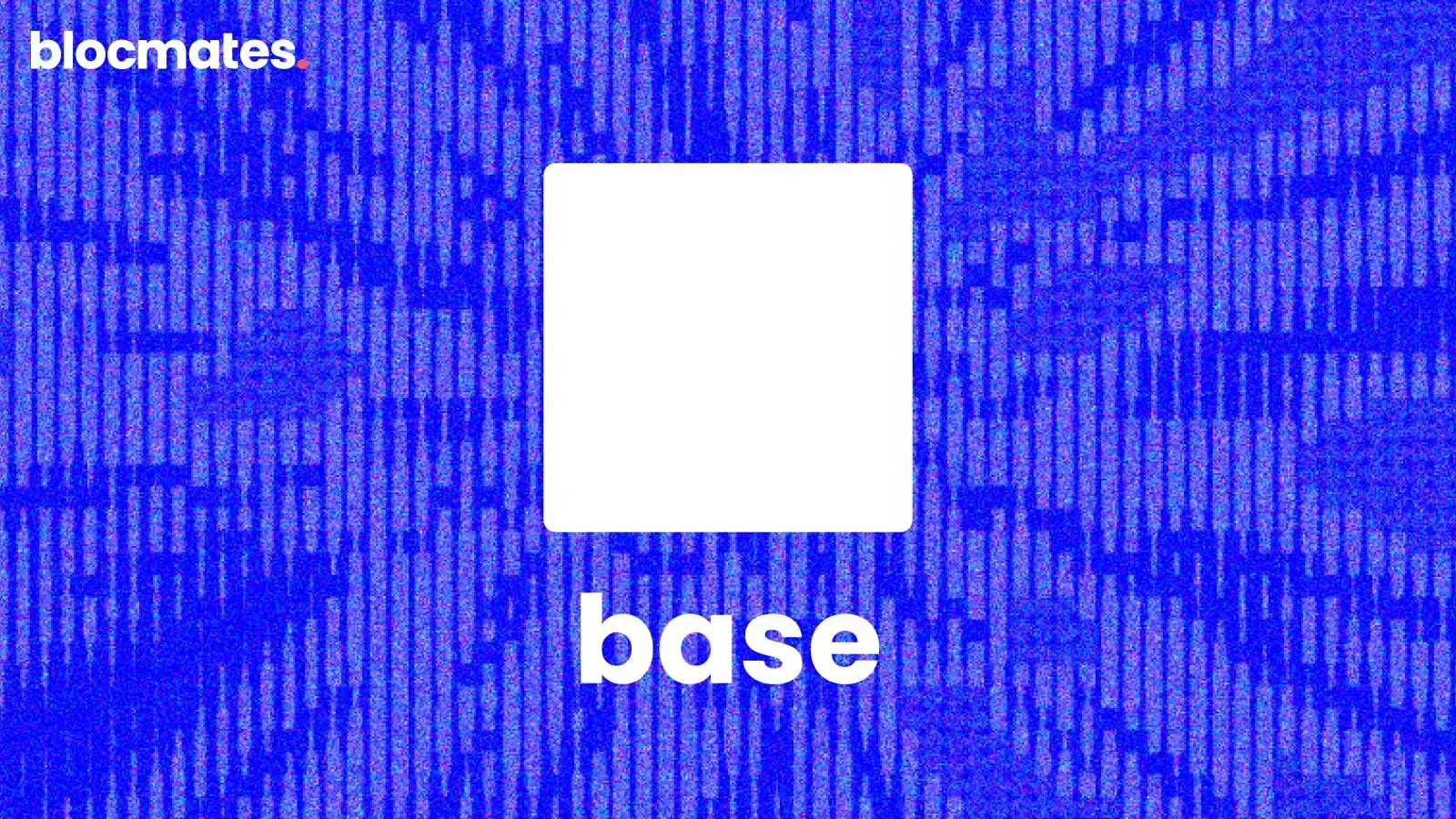
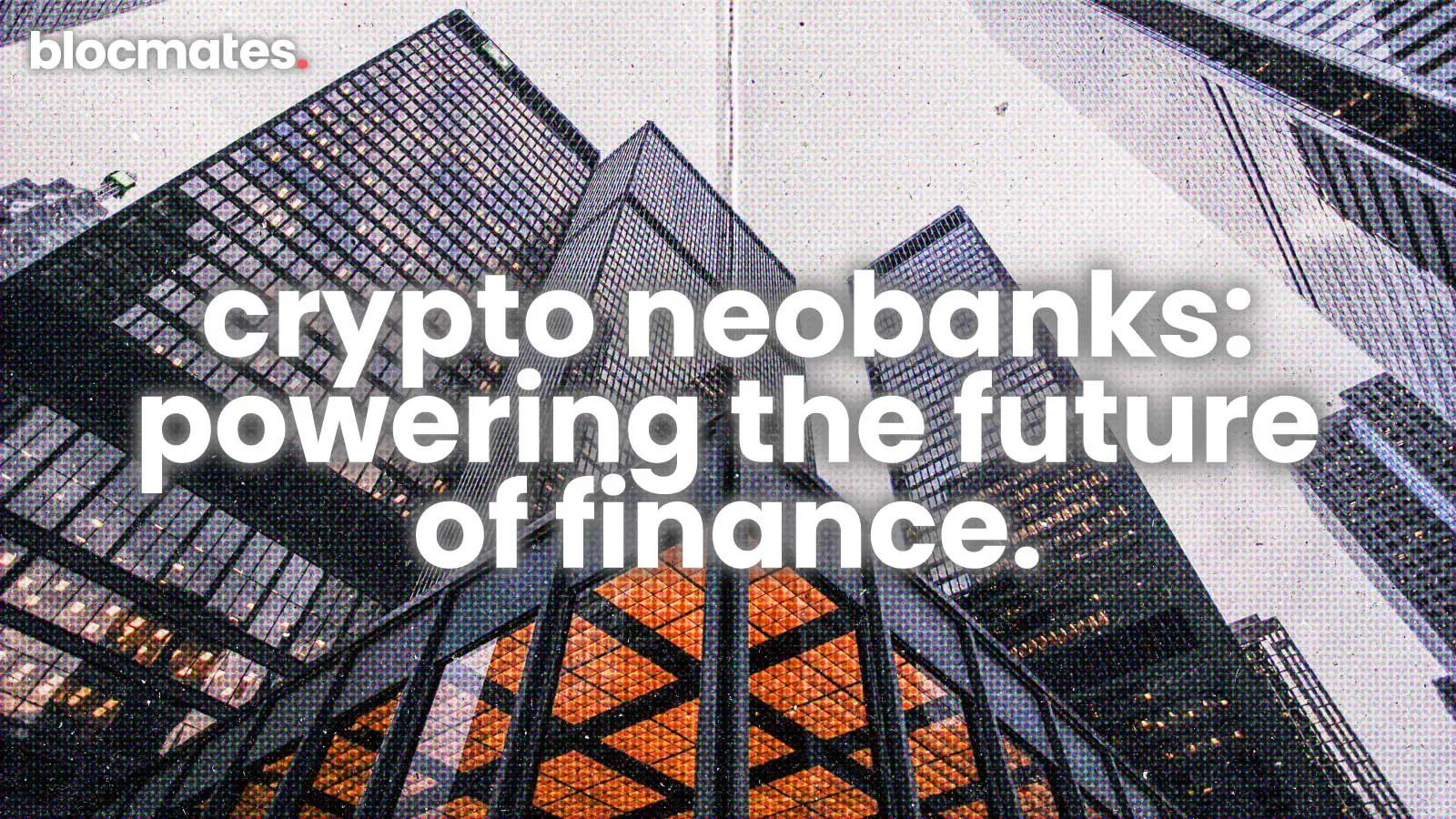


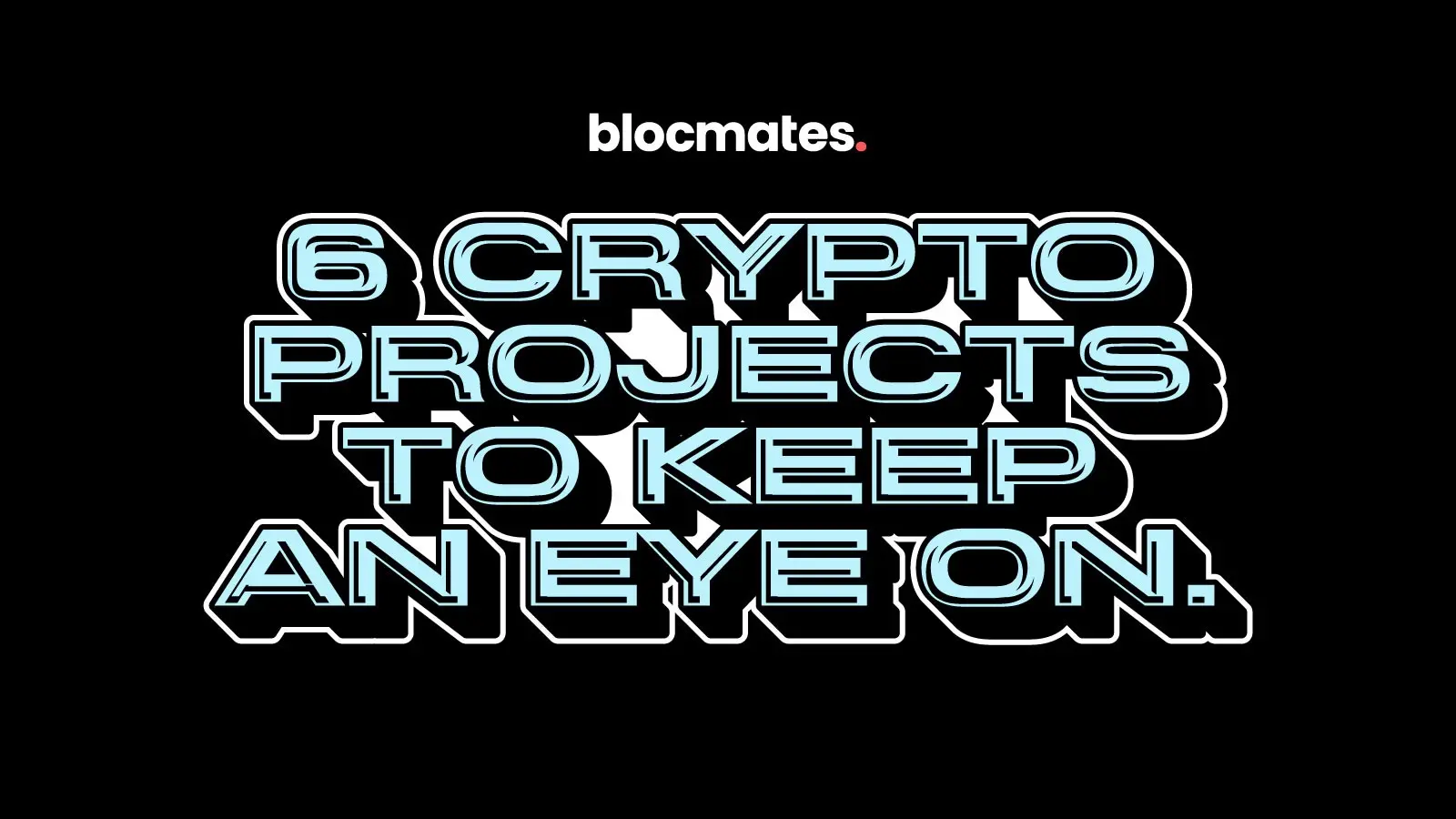
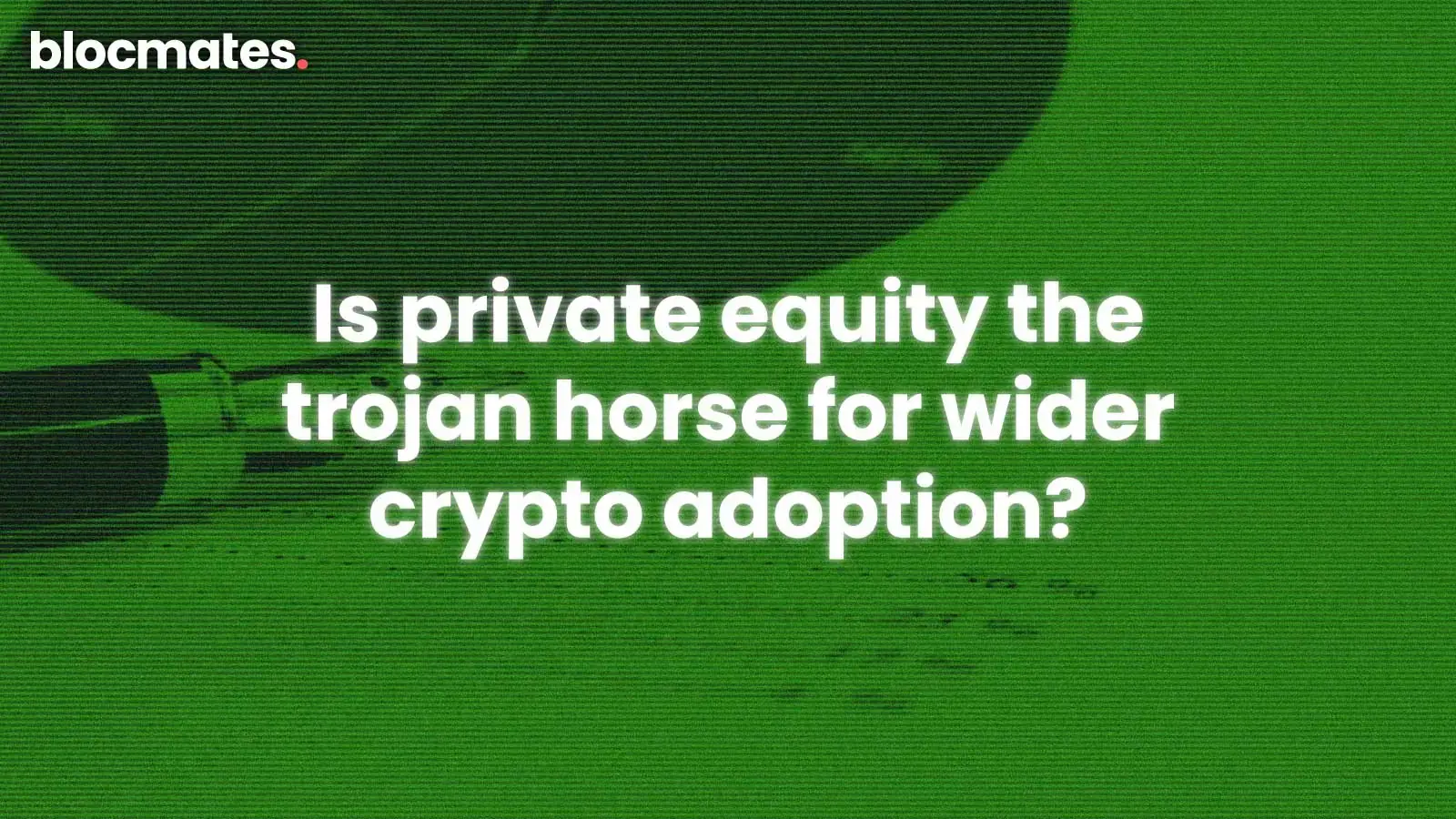


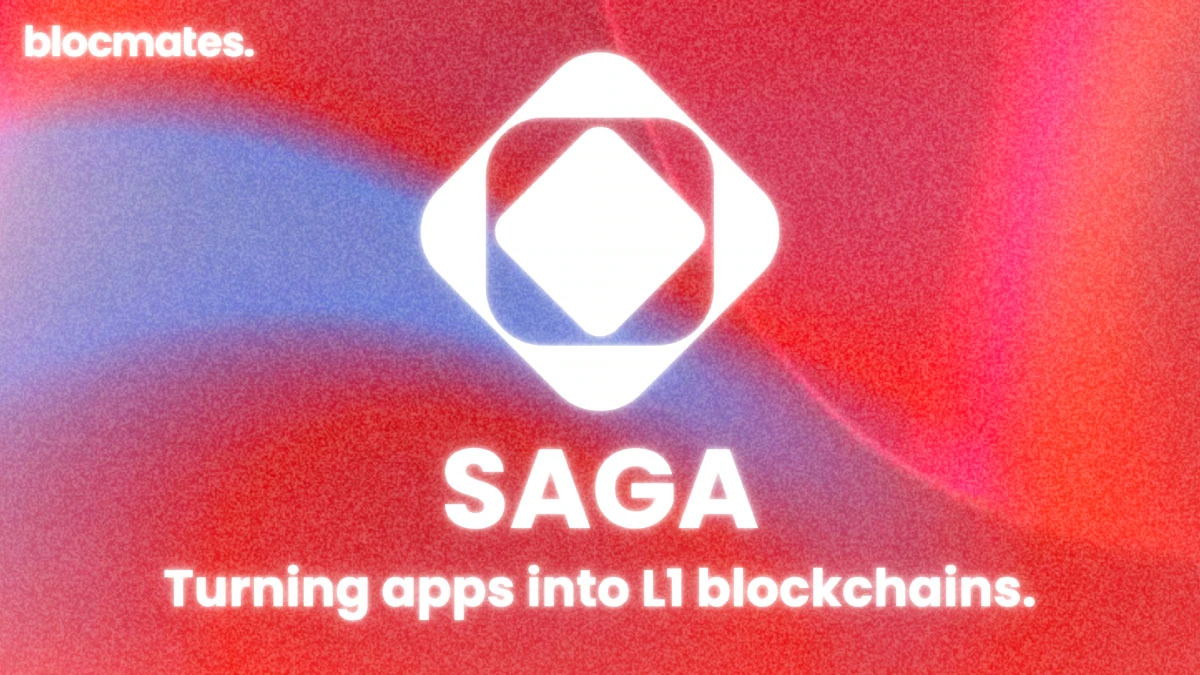
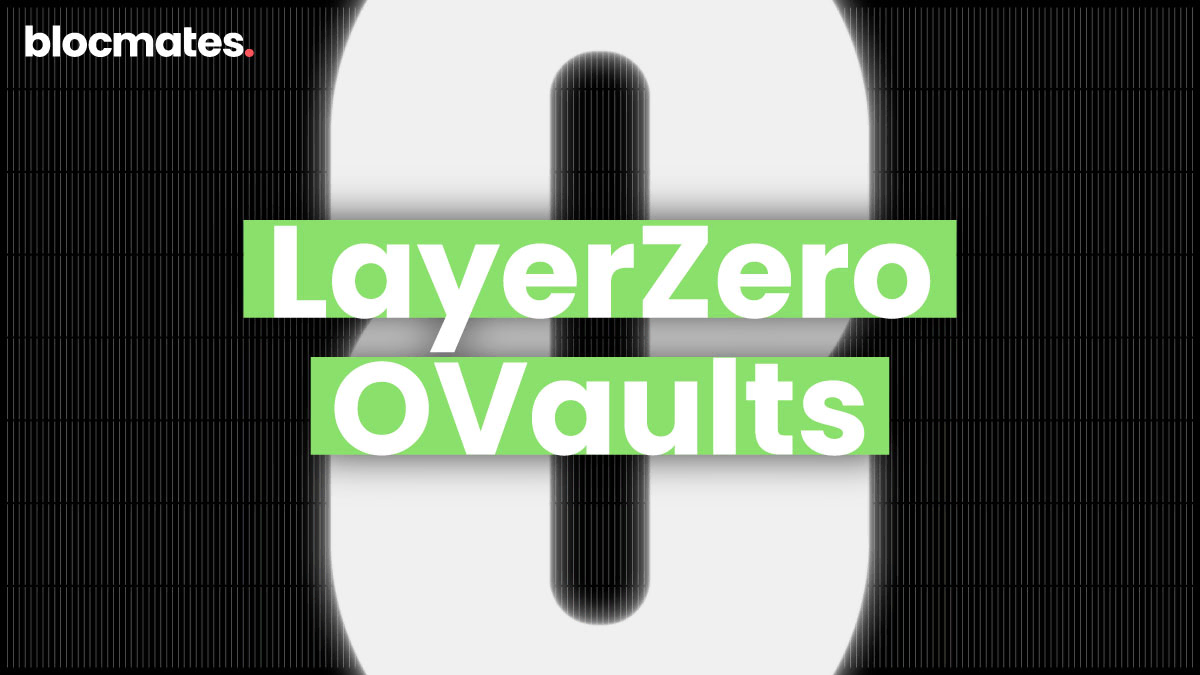

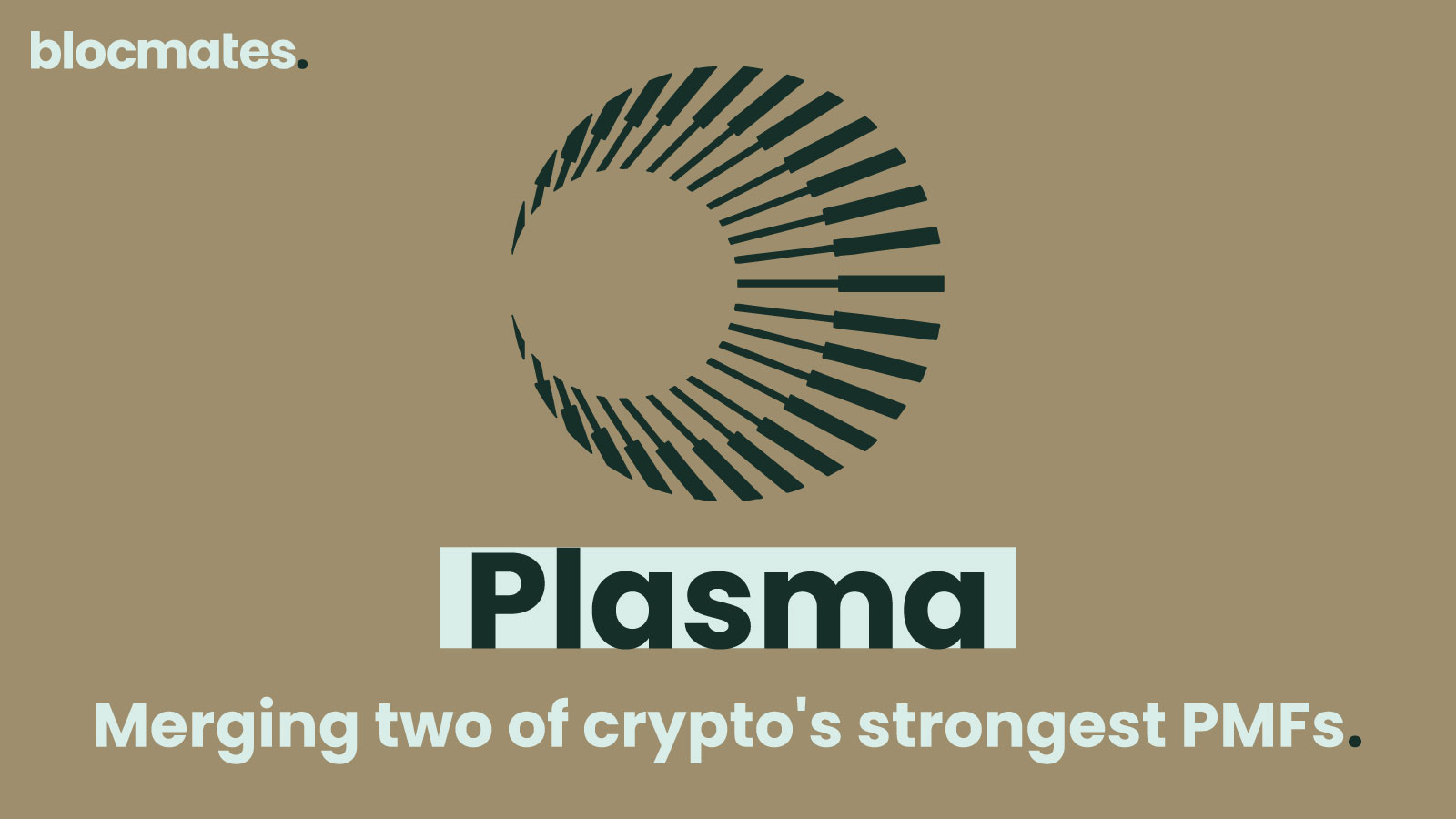
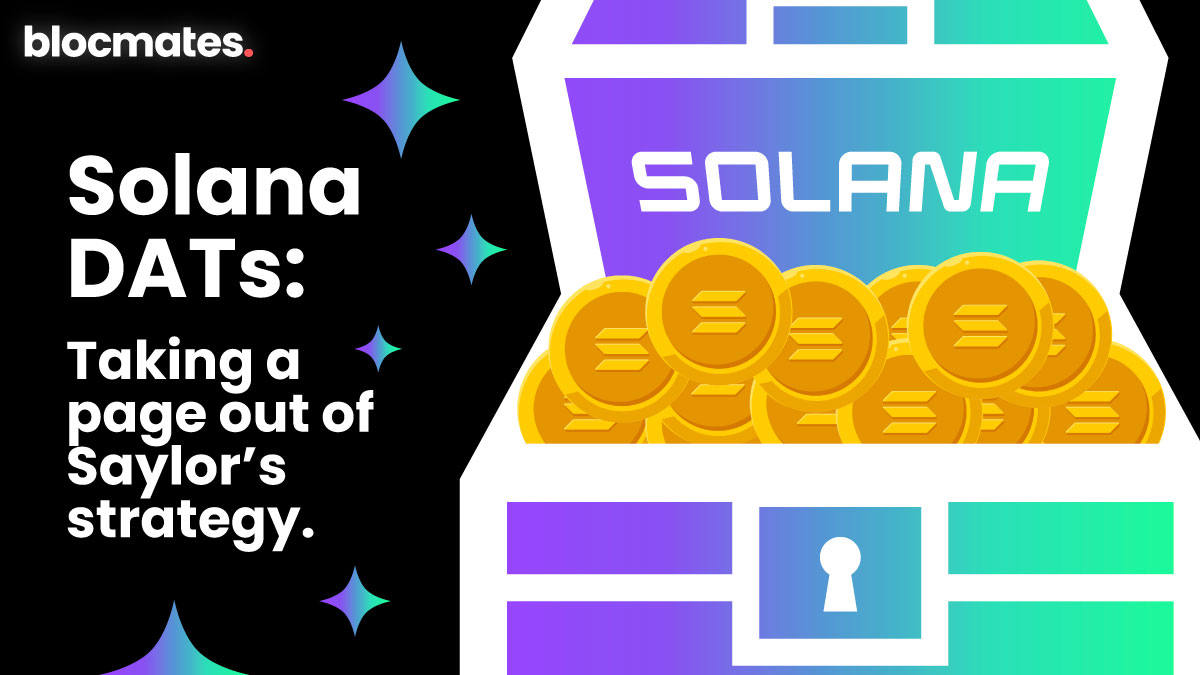
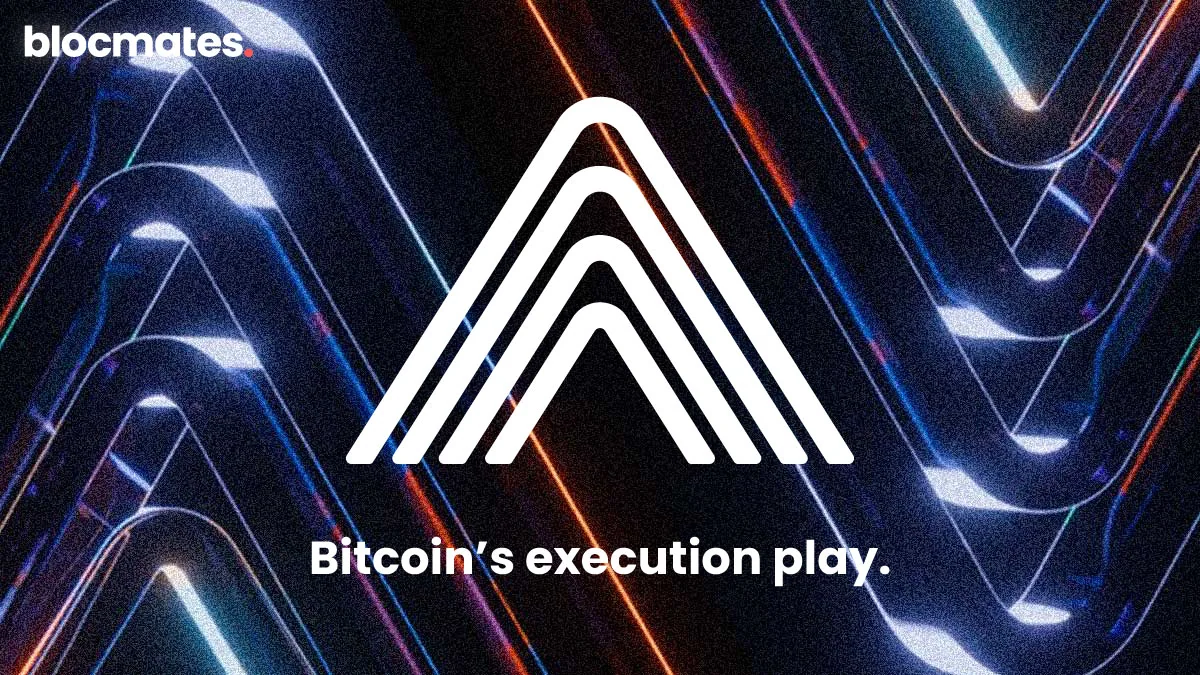

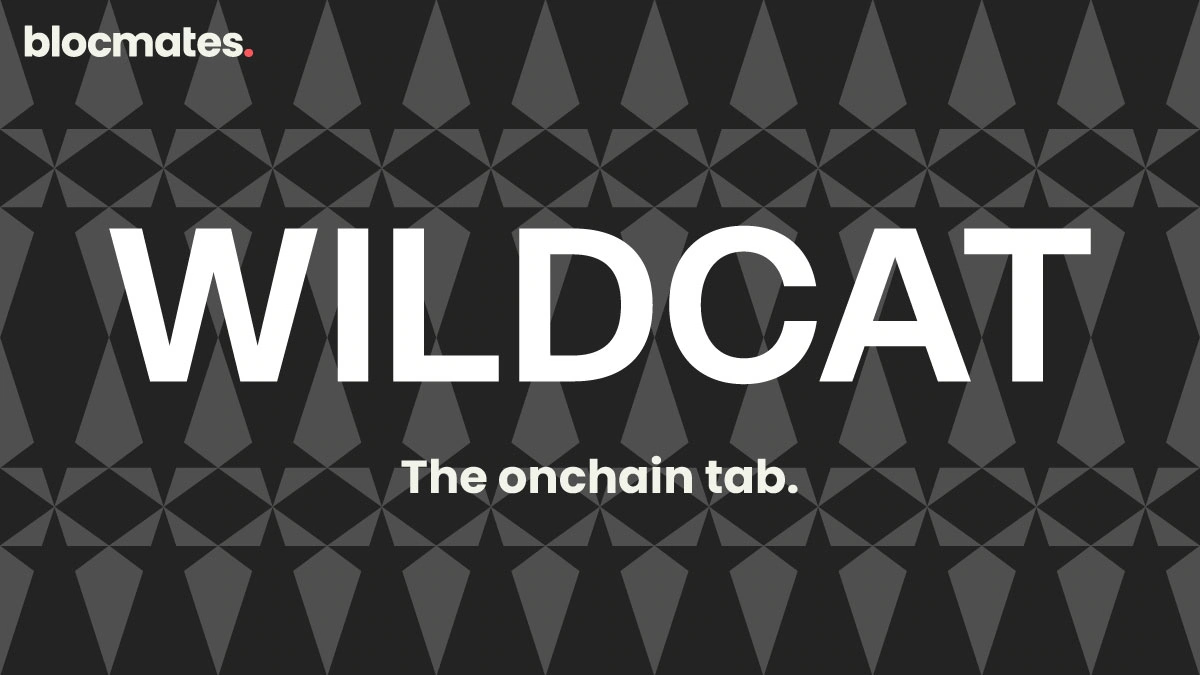
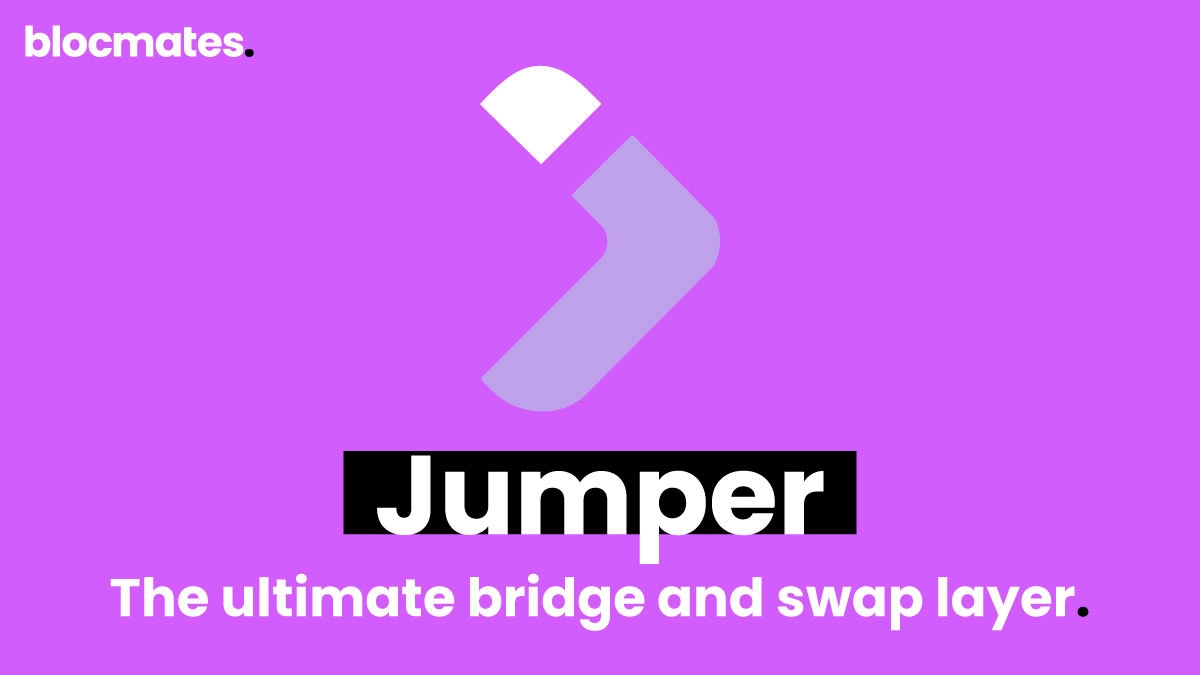
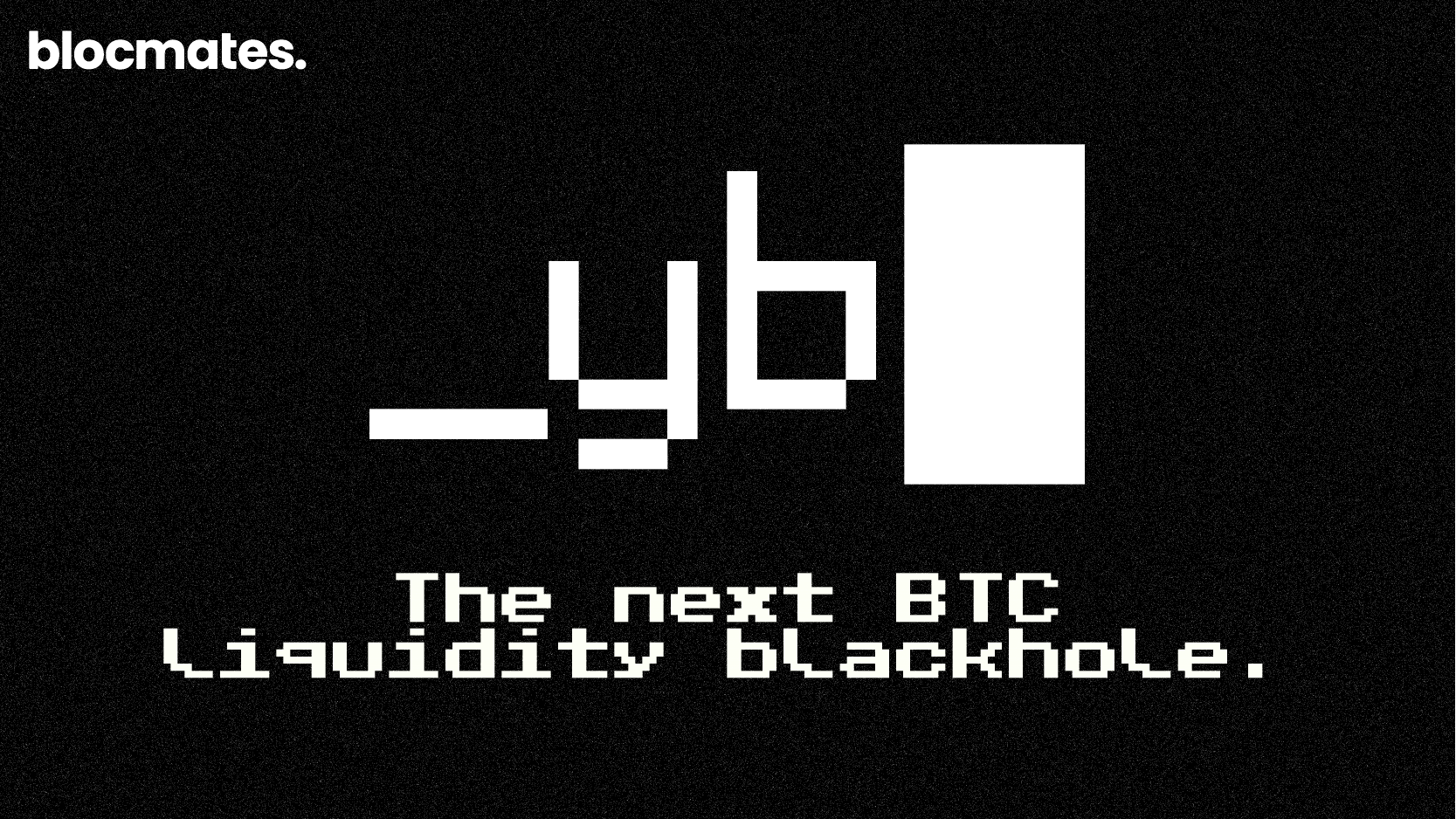
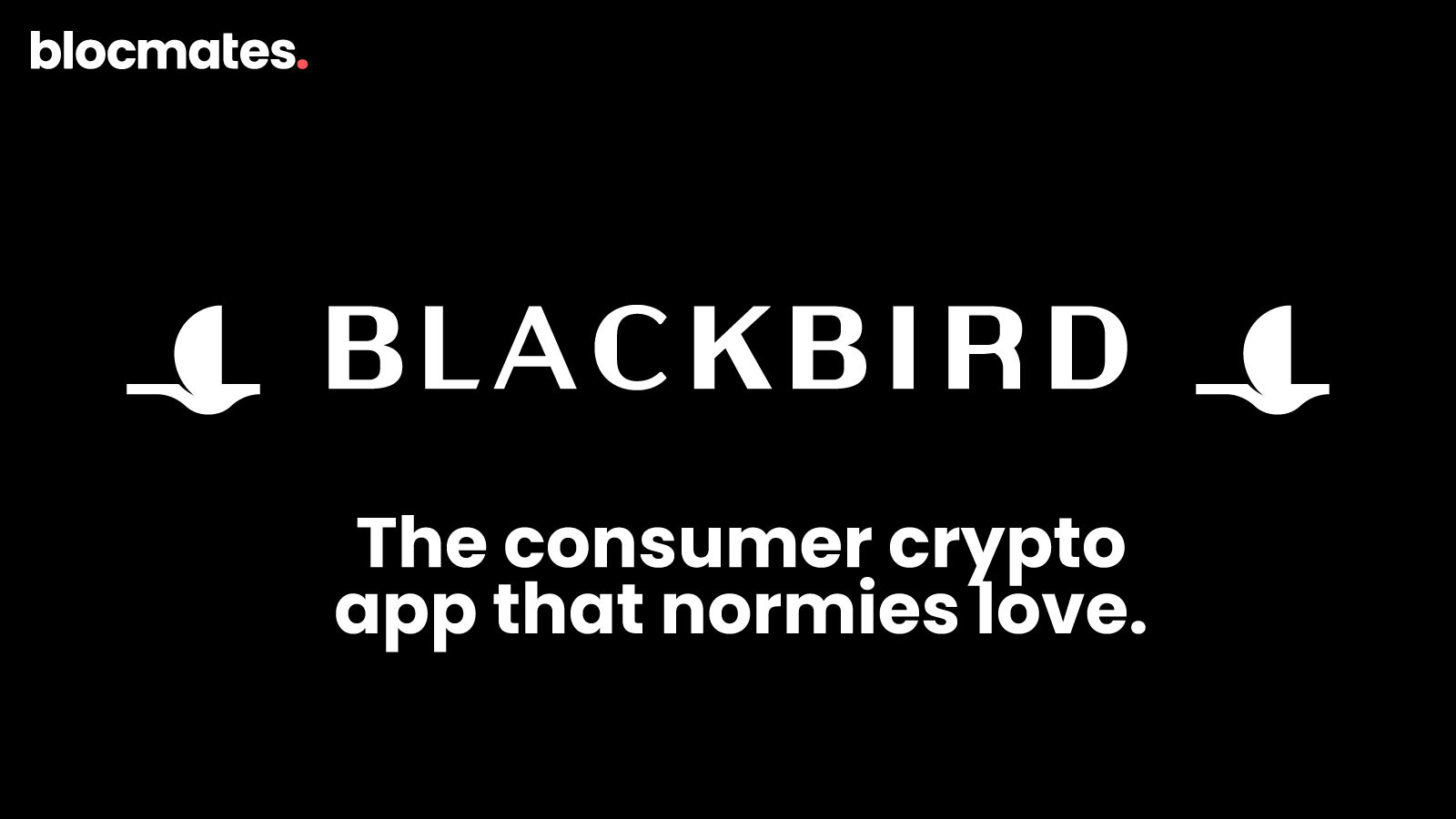


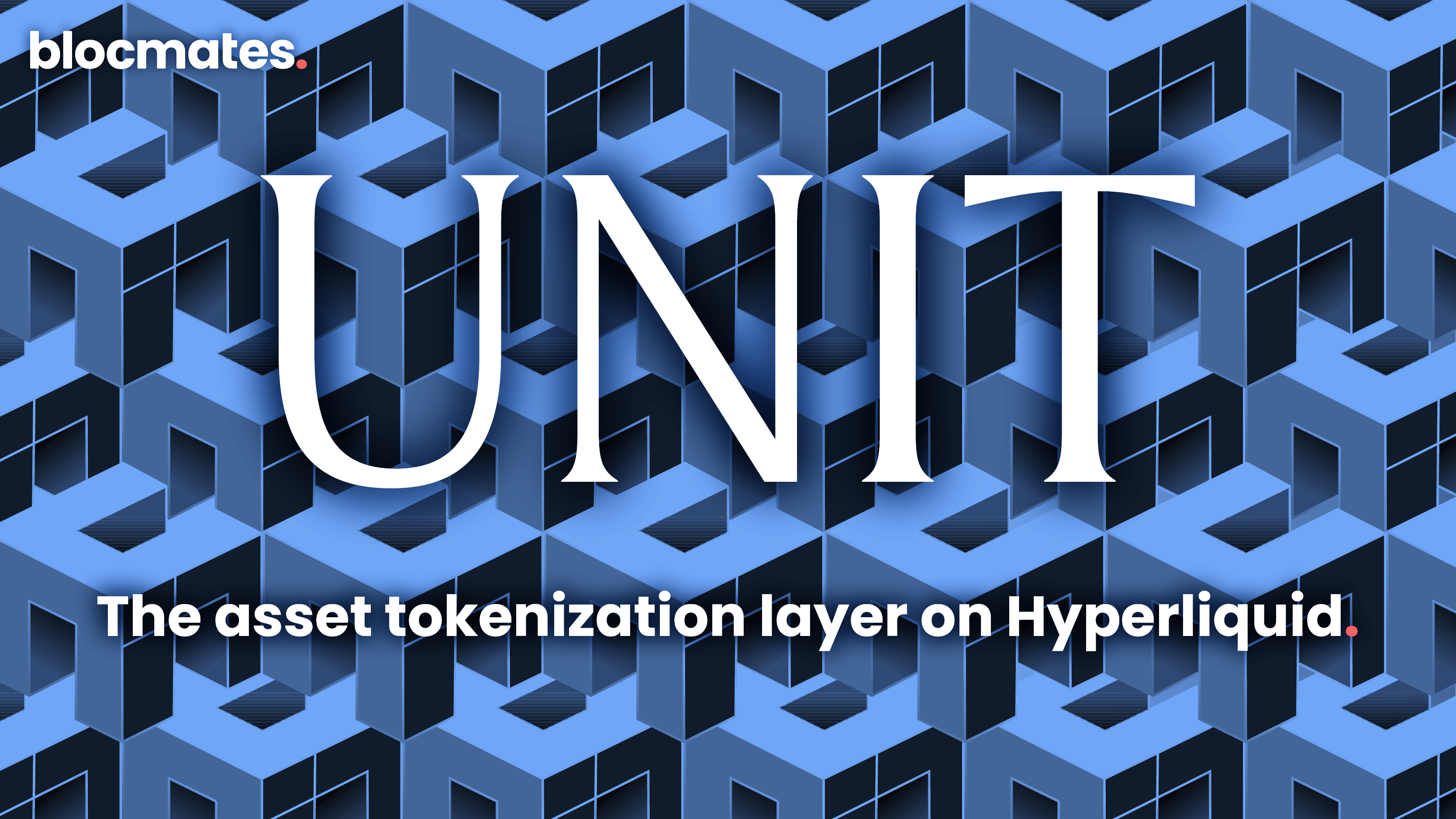
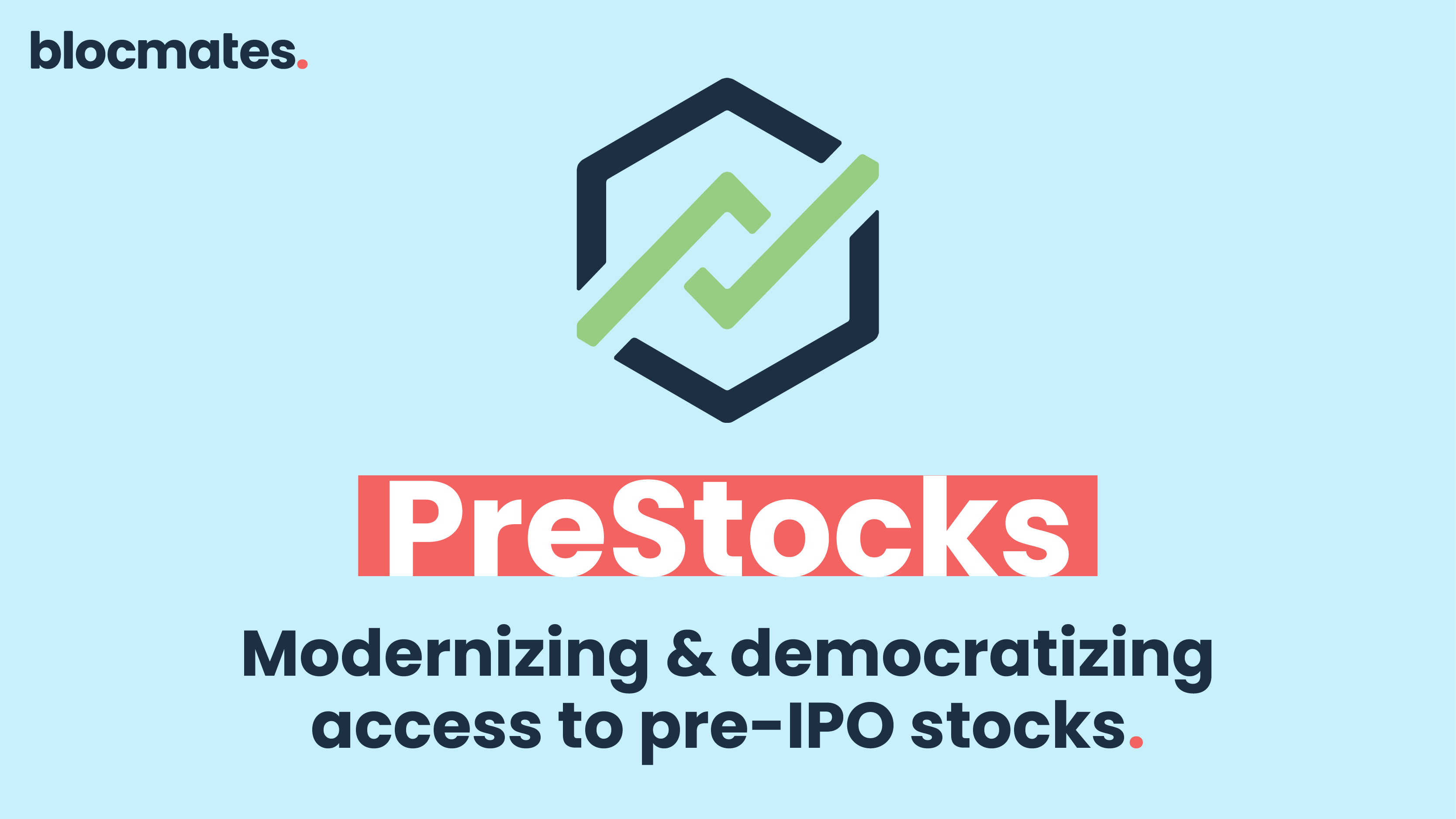

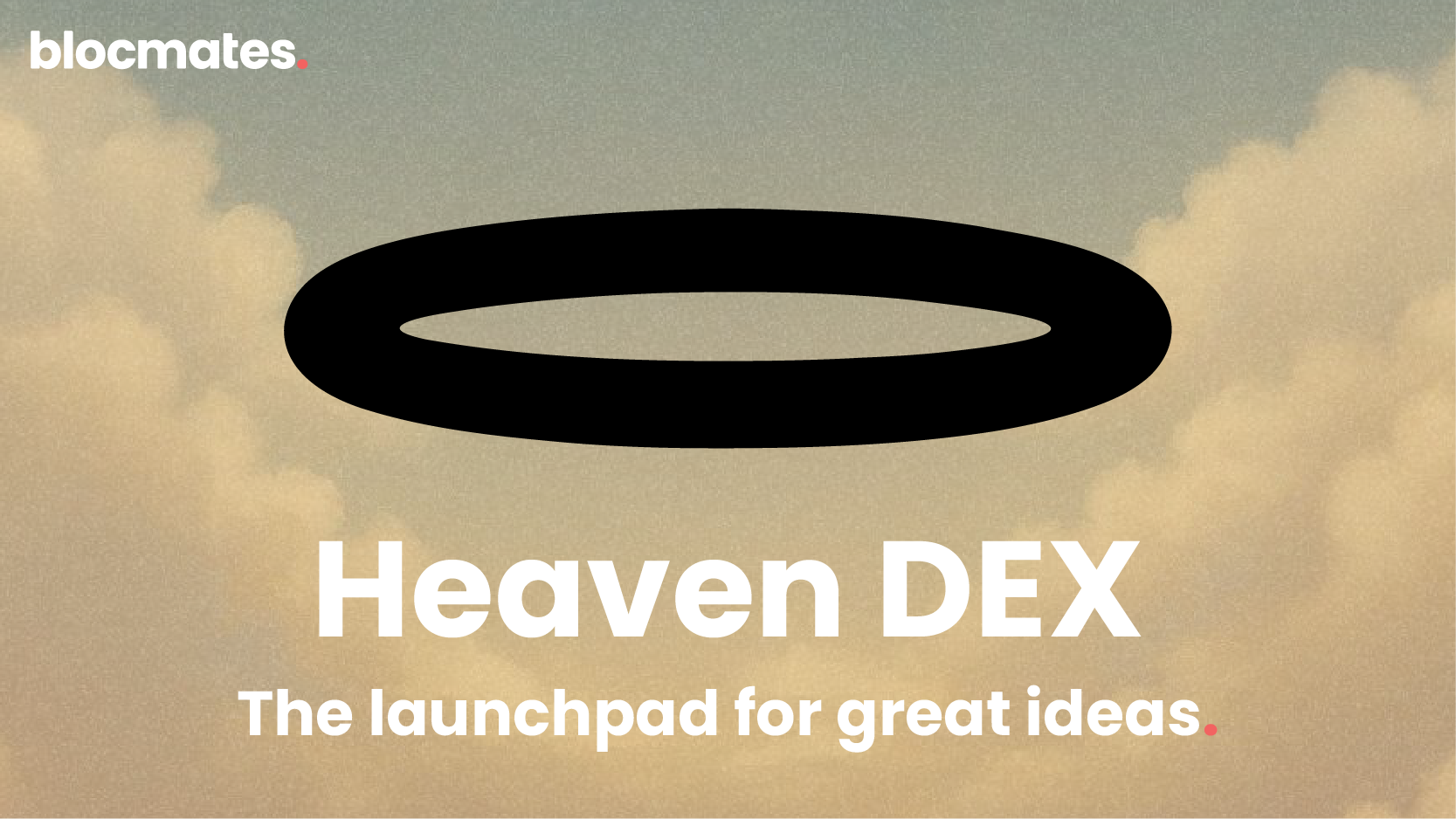

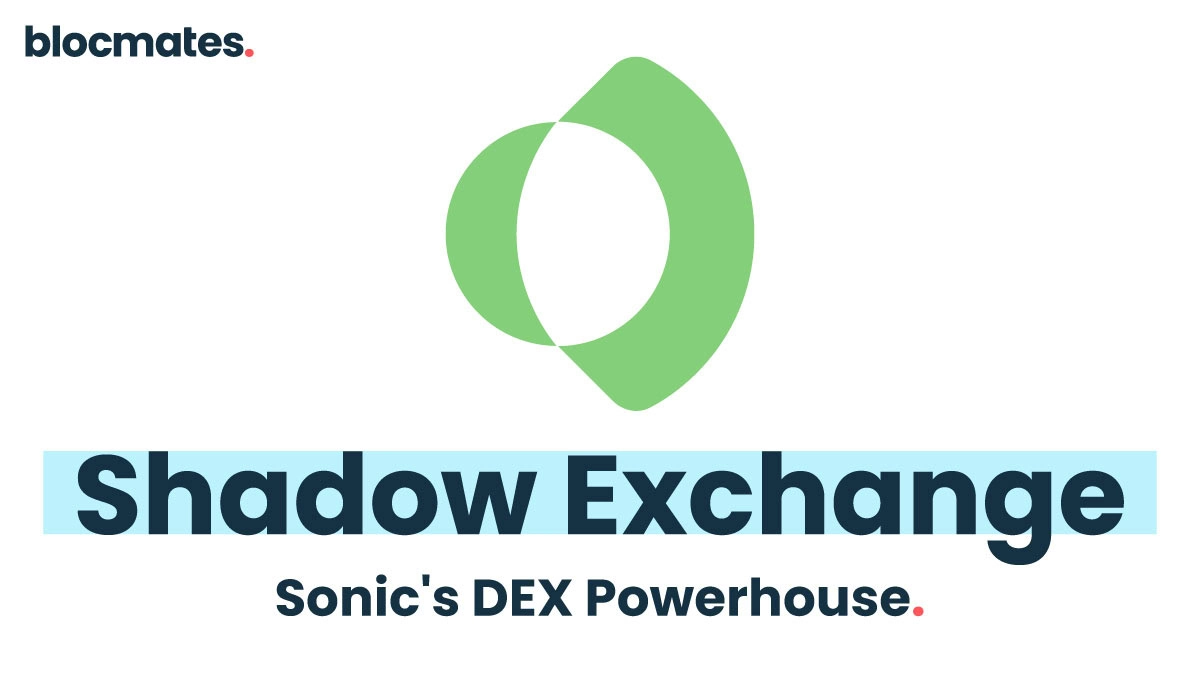
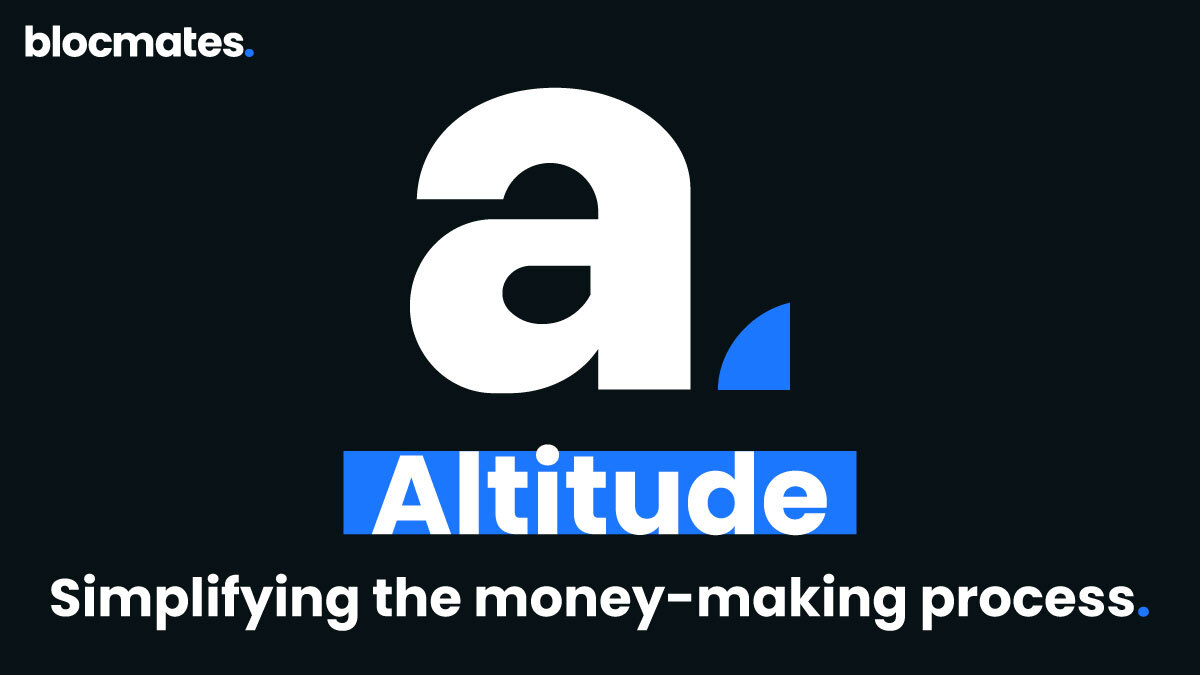

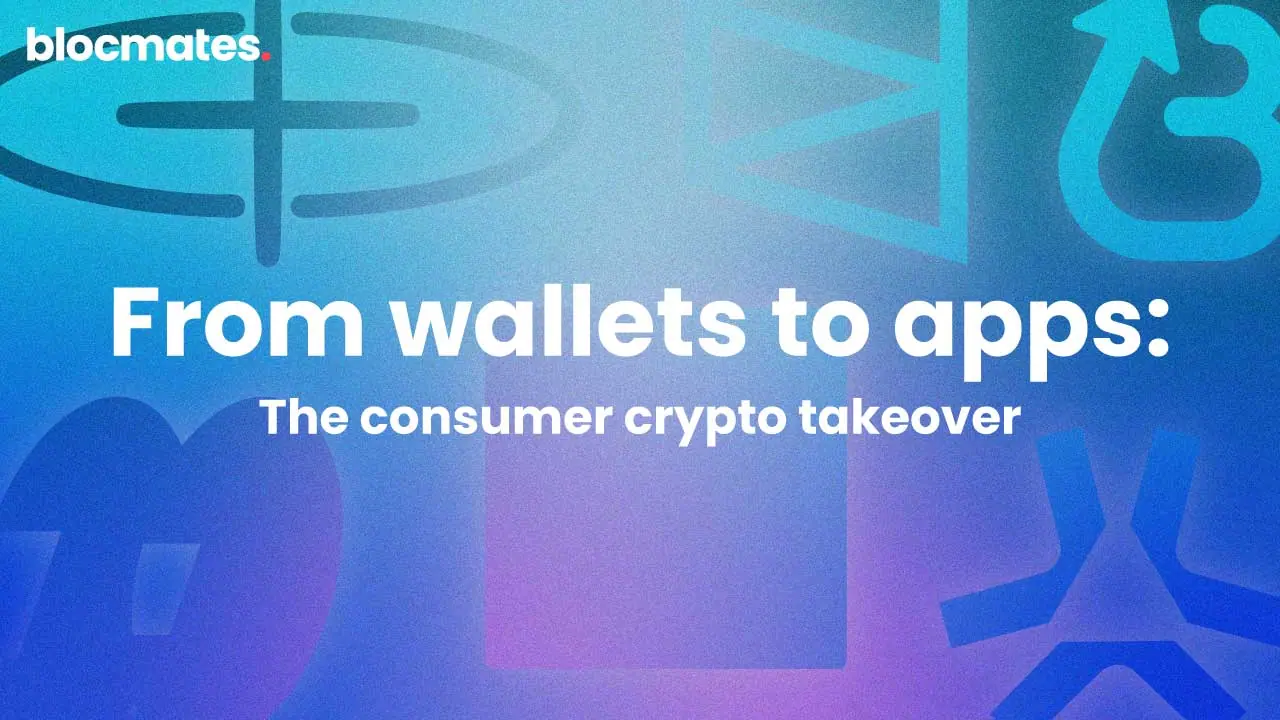
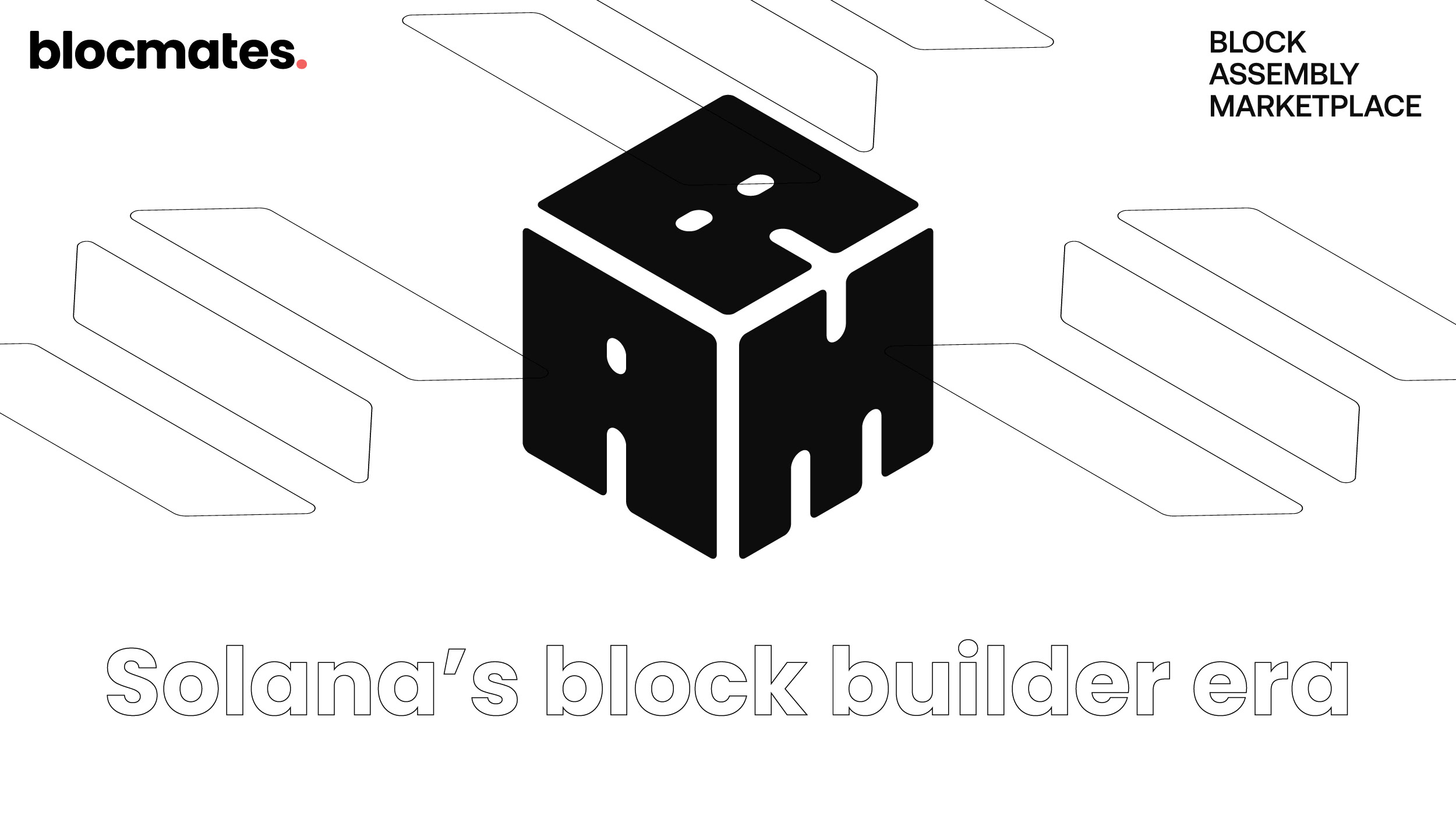



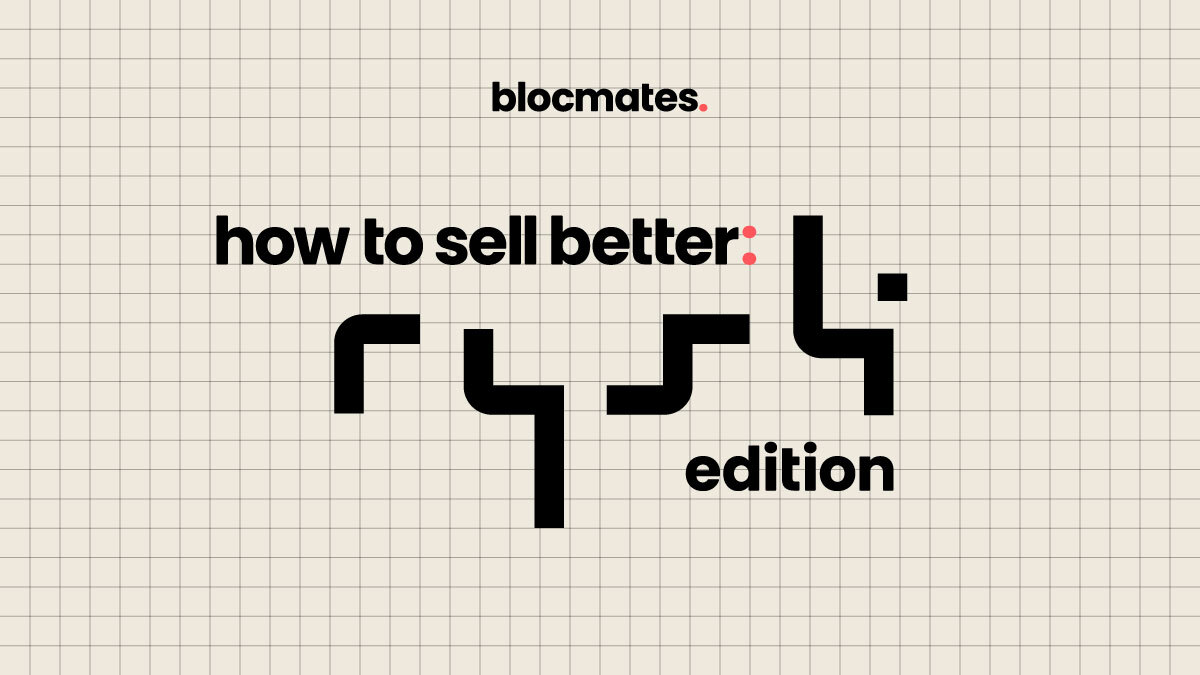
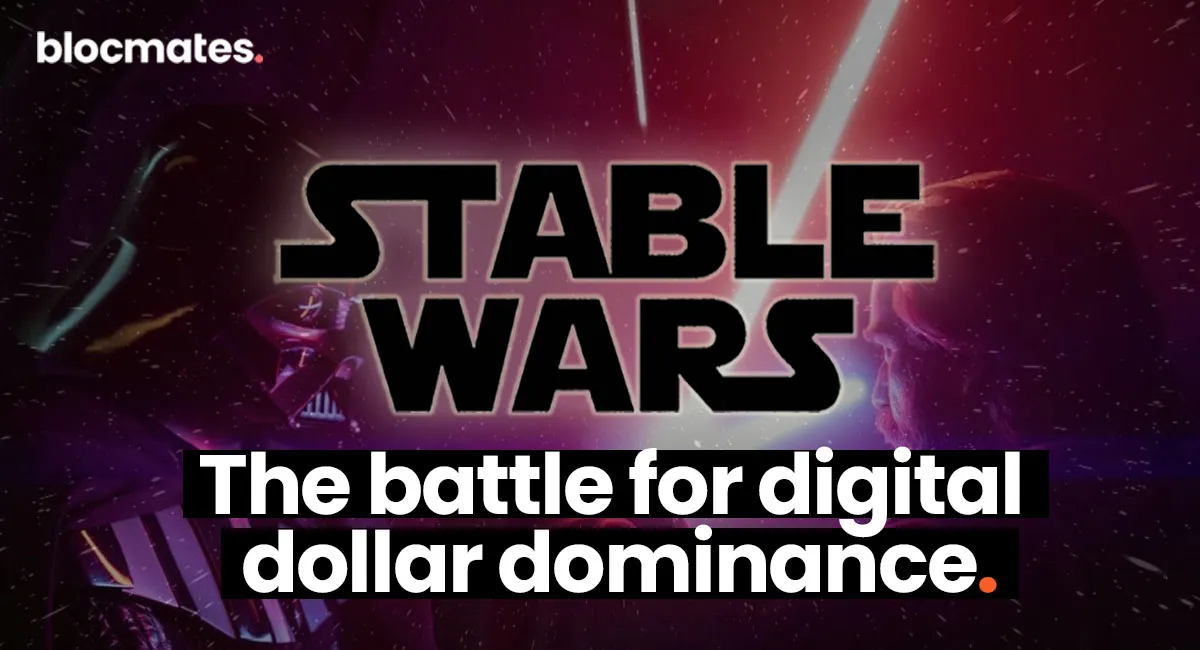

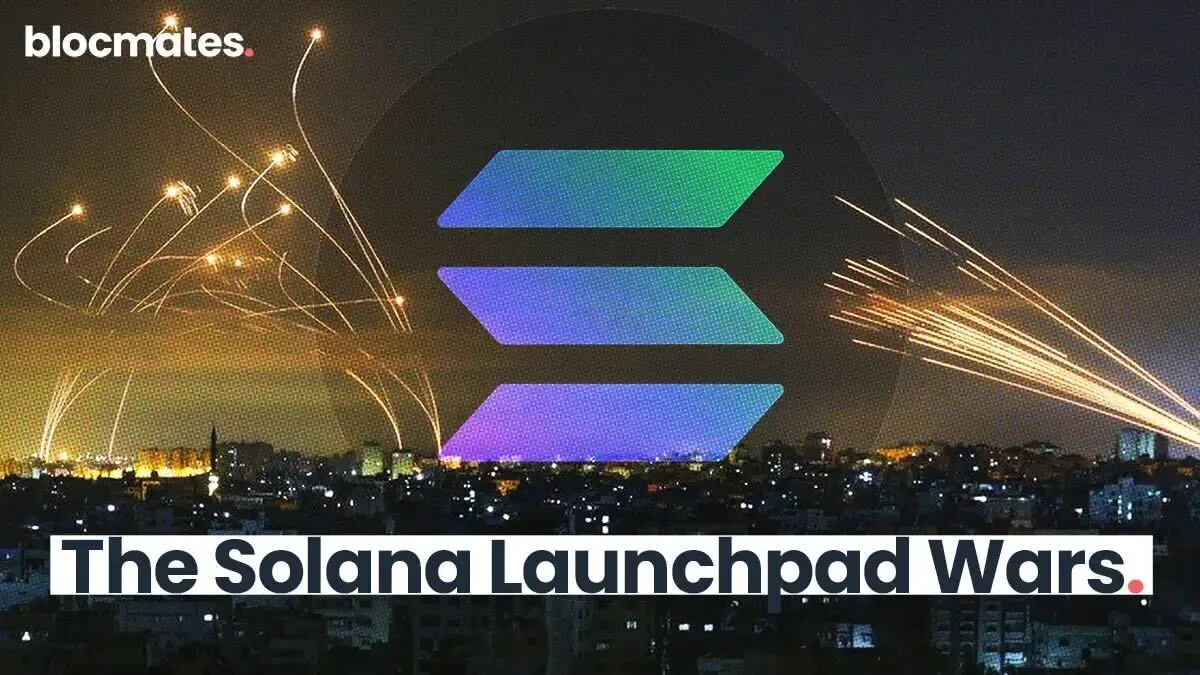




















%202.webp)


.webp)

.webp)
.webp)
.webp)


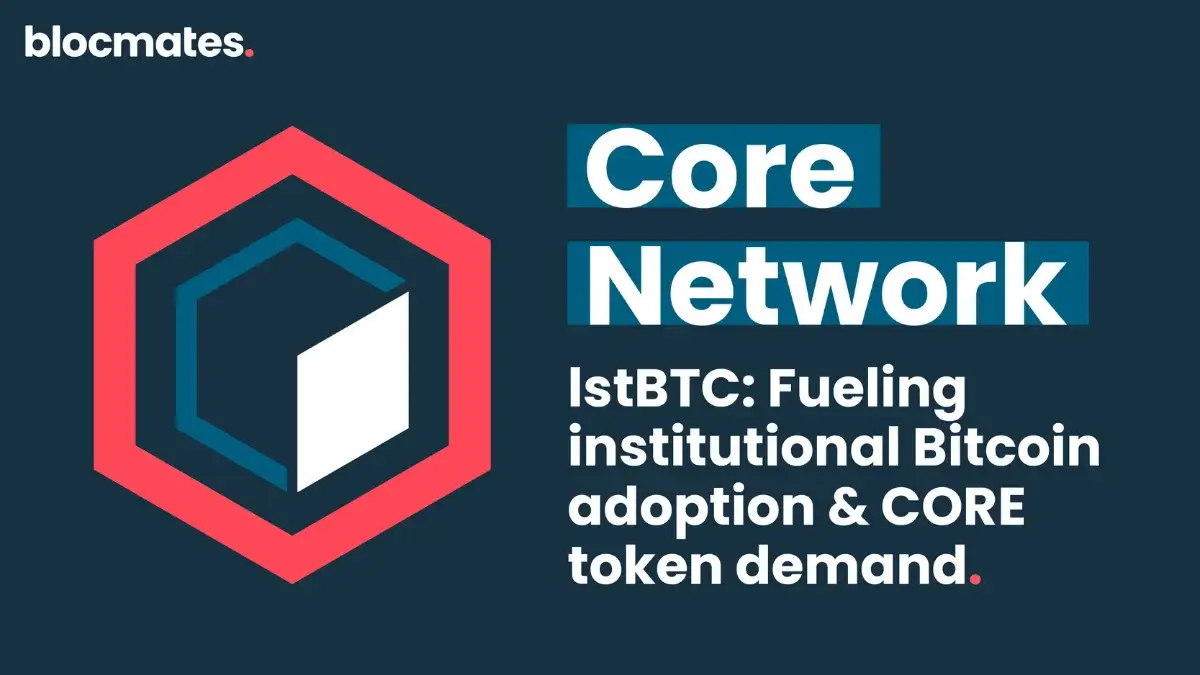
.webp)












%20the%20Next%20Big%20Unlock%20in%20AI.webp)








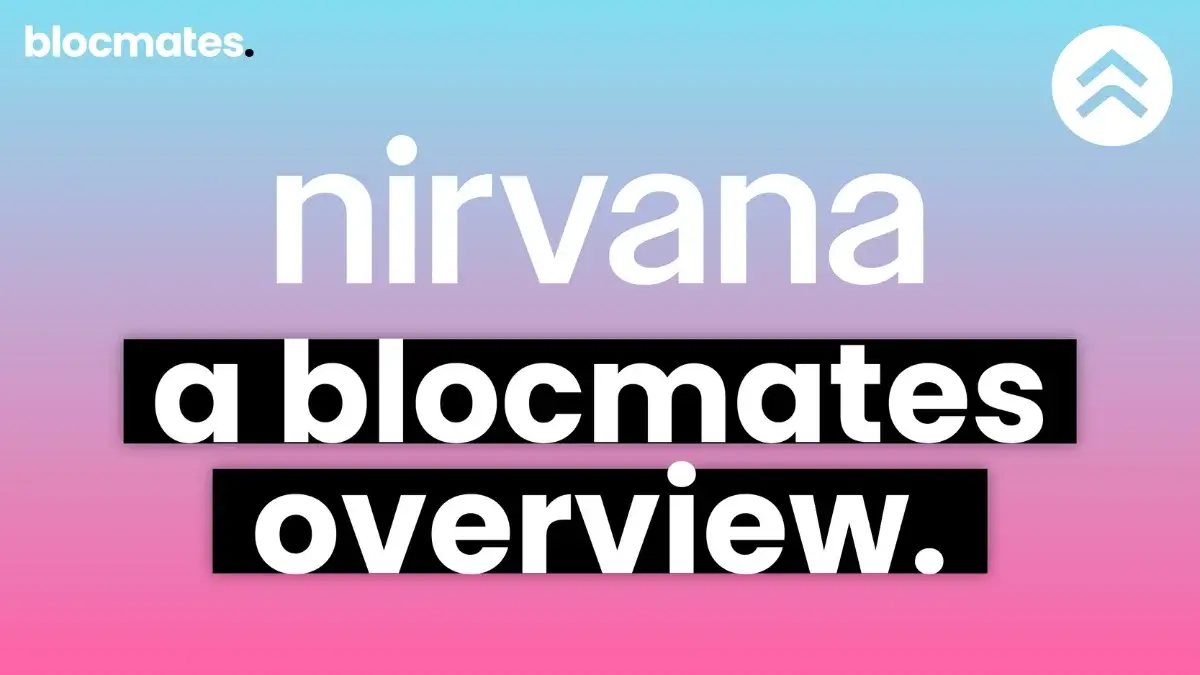
.webp)
.webp)

.webp)
.webp)
.webp)


.webp)
.webp)










.webp)


.webp)






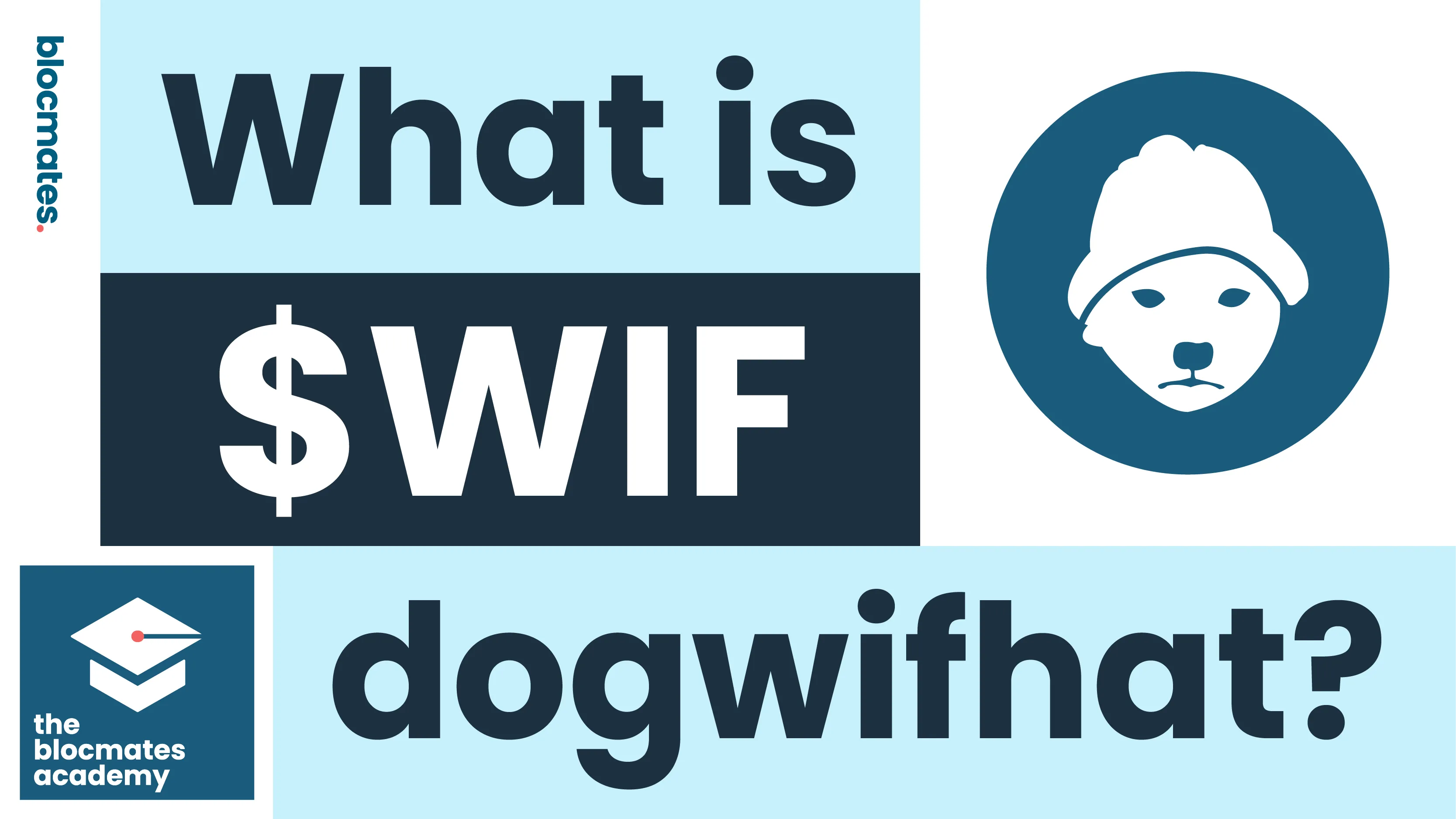


.webp)







.webp)
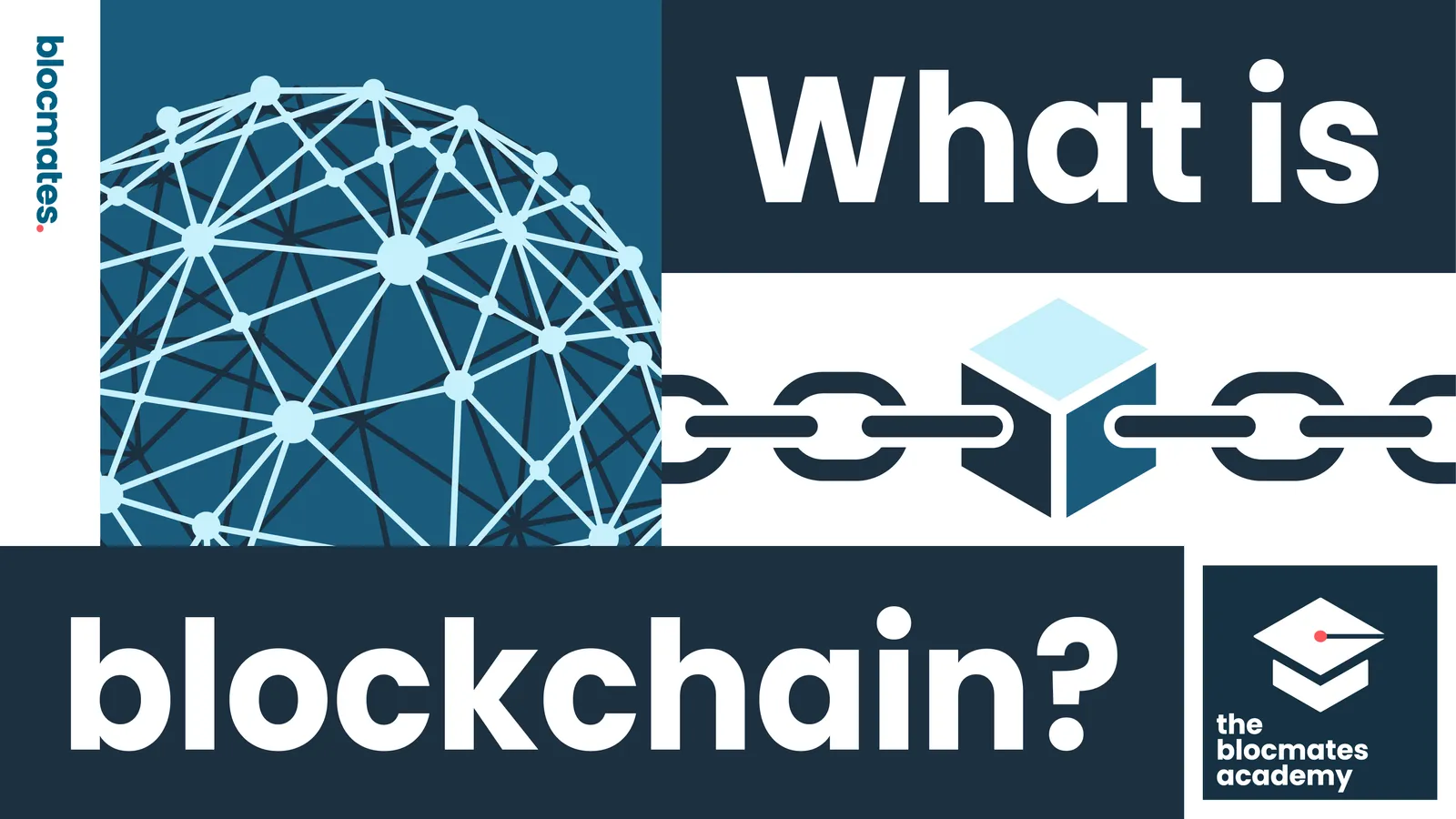



.webp)






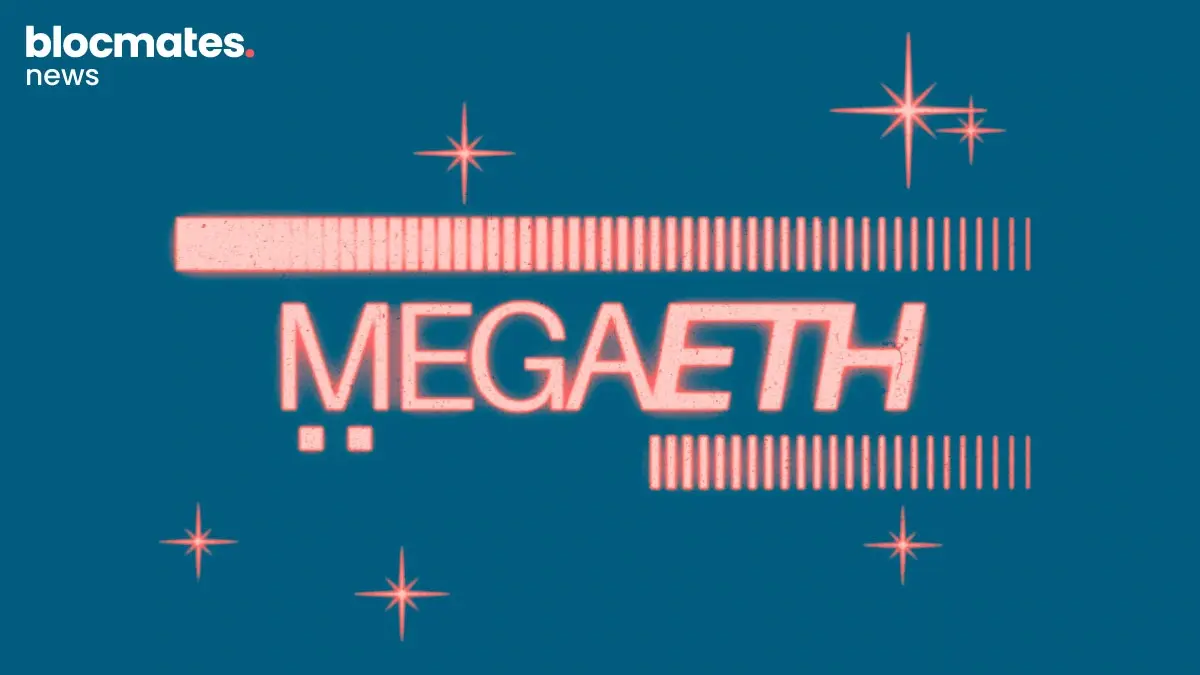
.webp)















.webp)





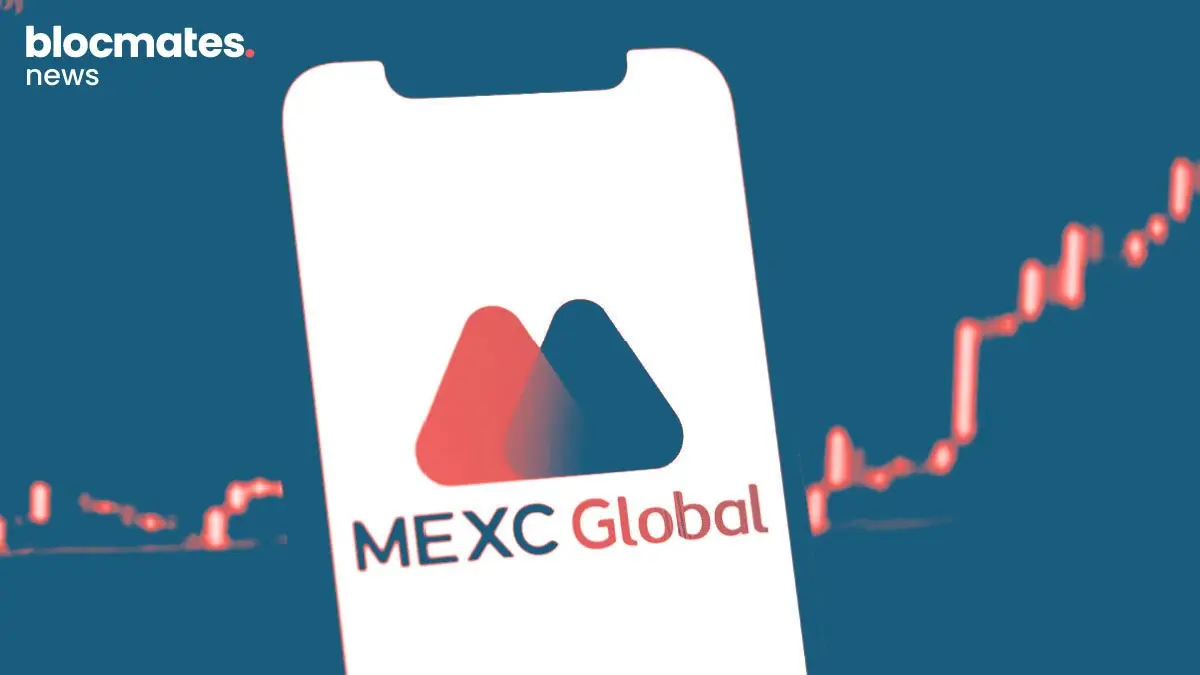

.webp)


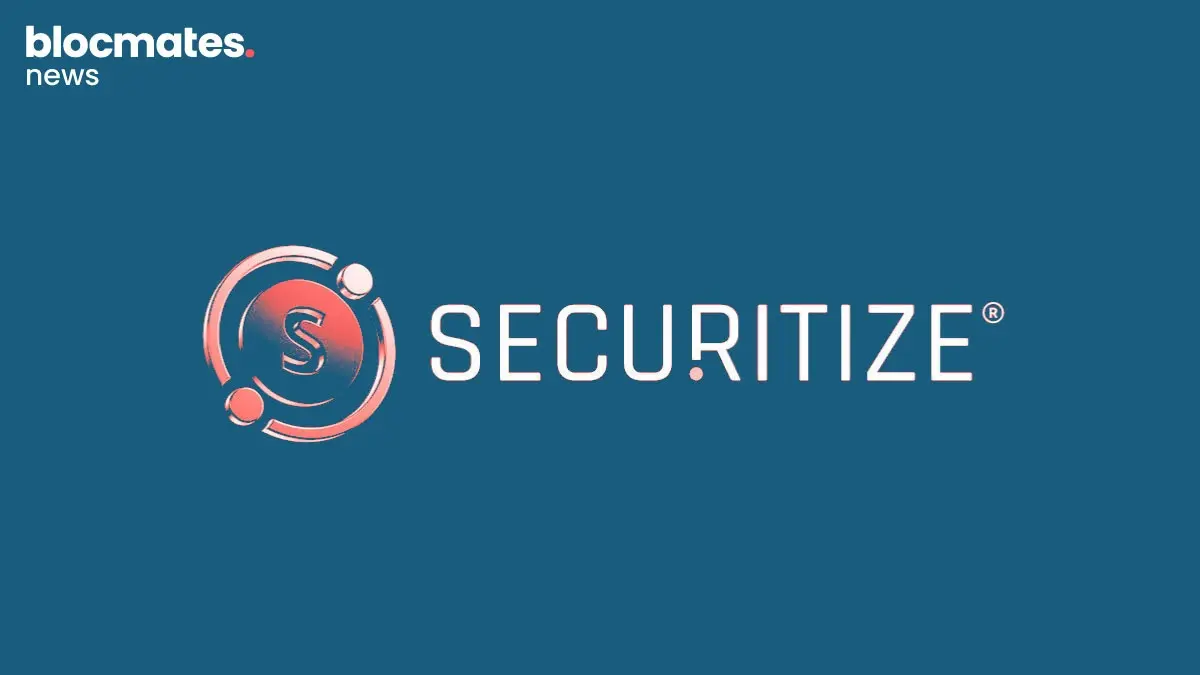

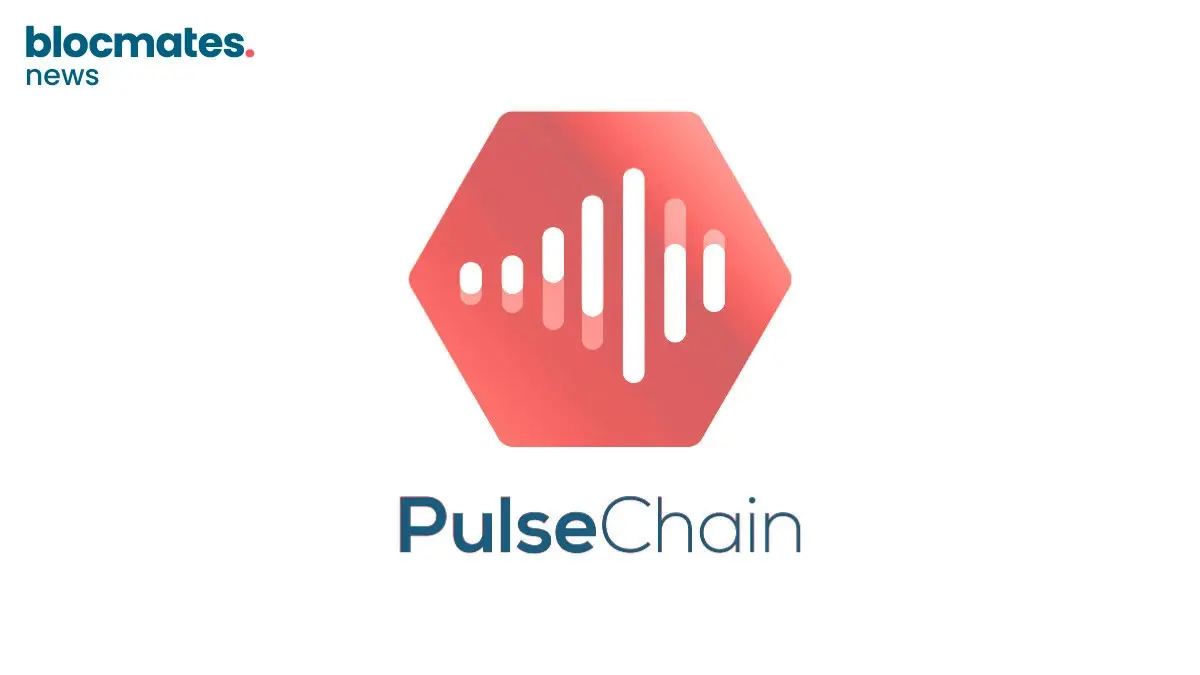
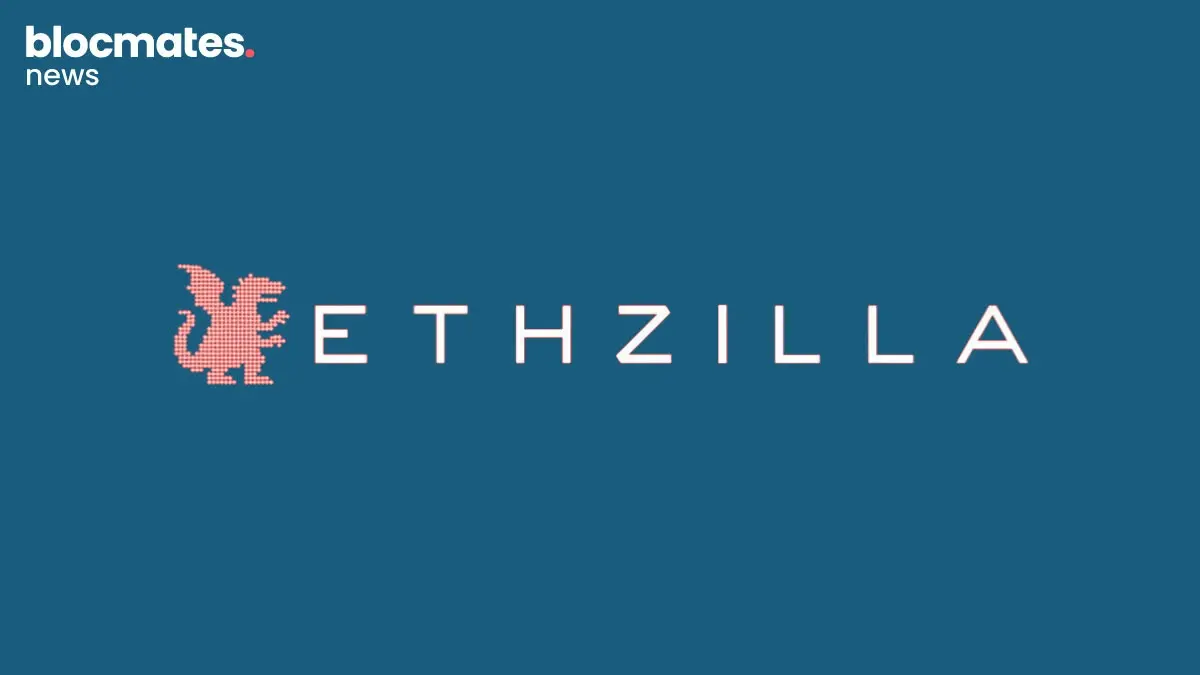
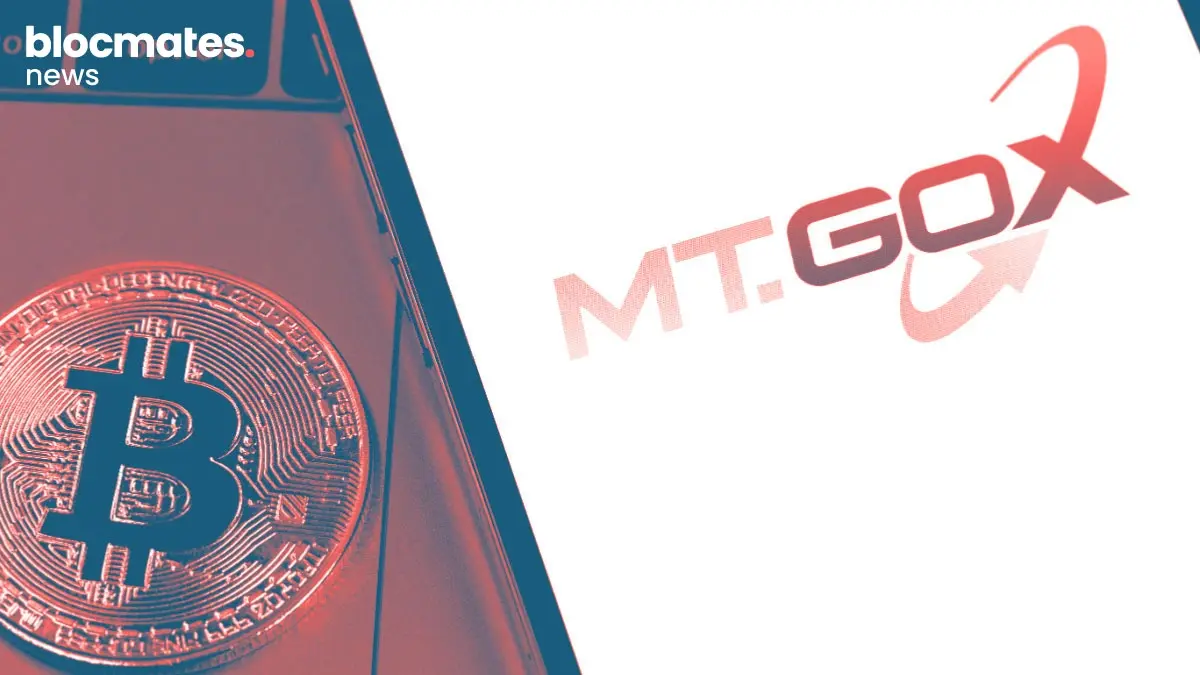




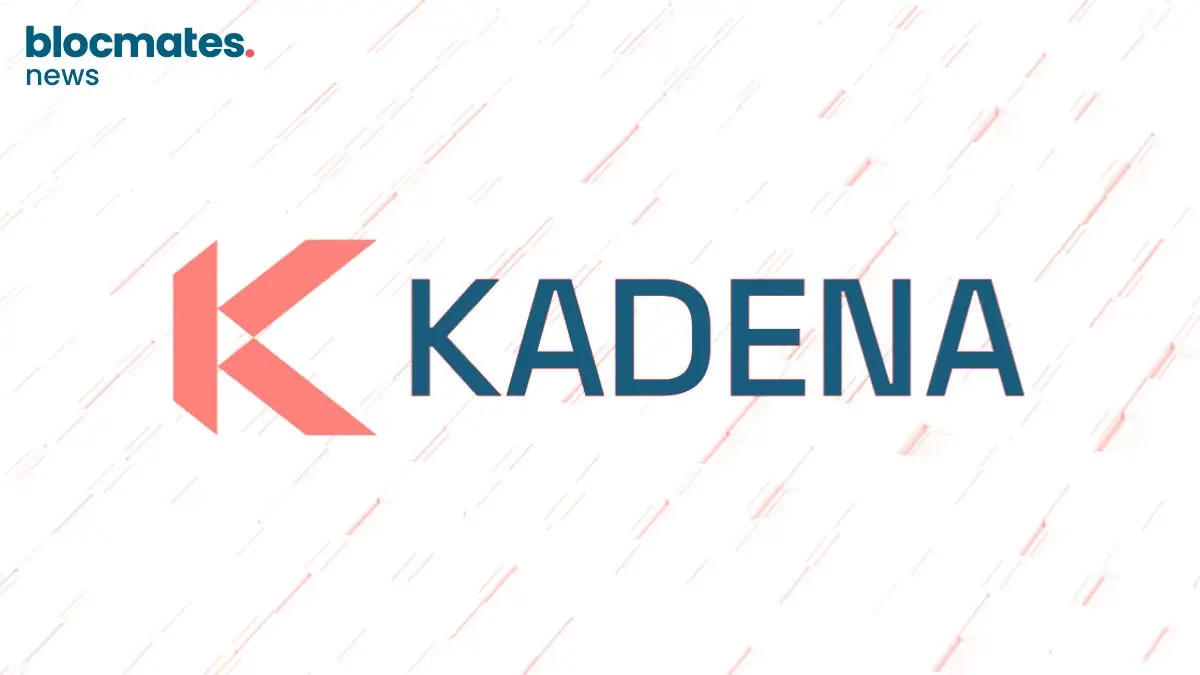


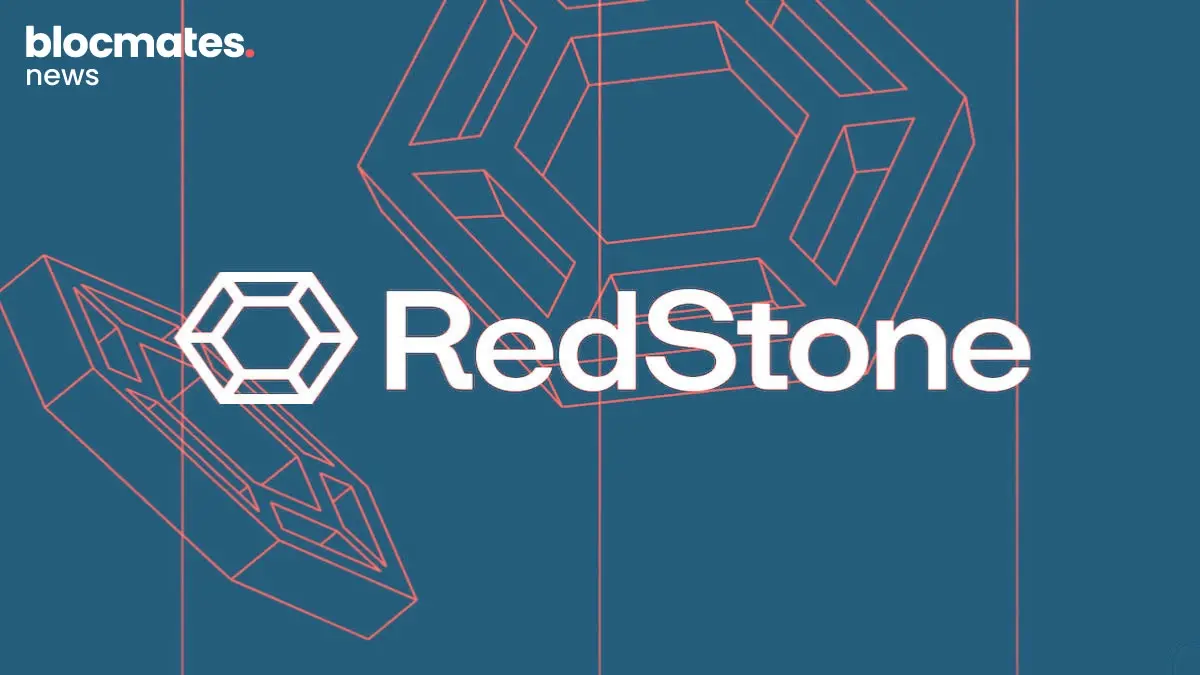
.webp)

.webp)
.webp)

.webp)


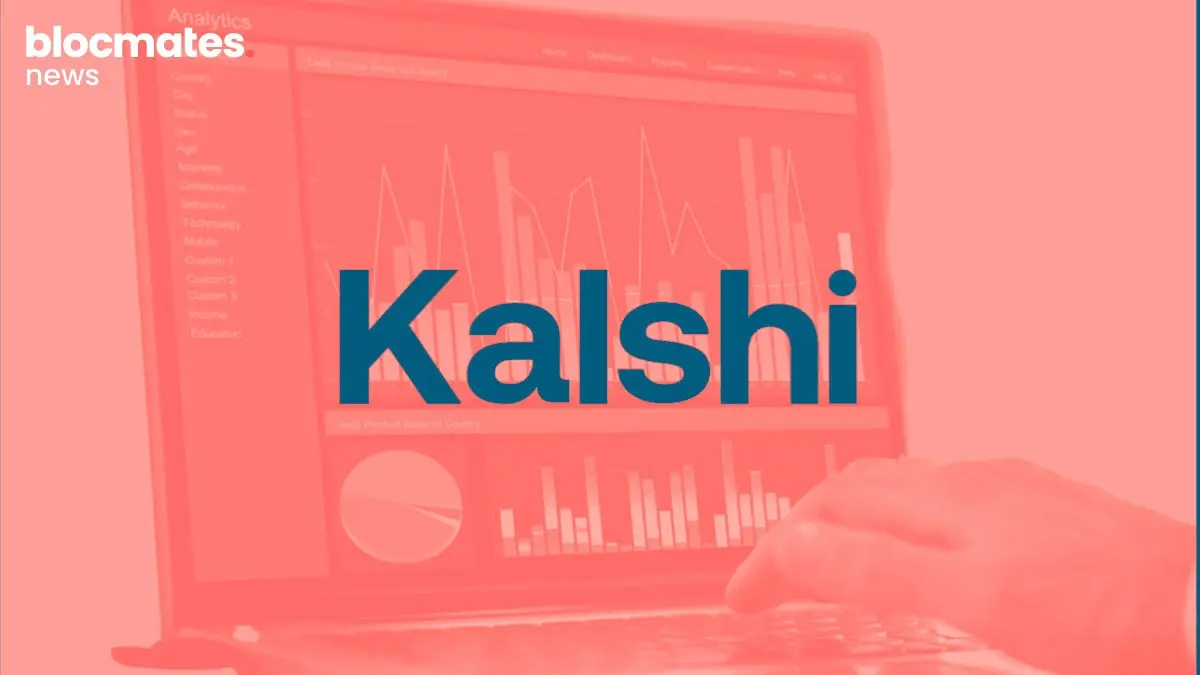



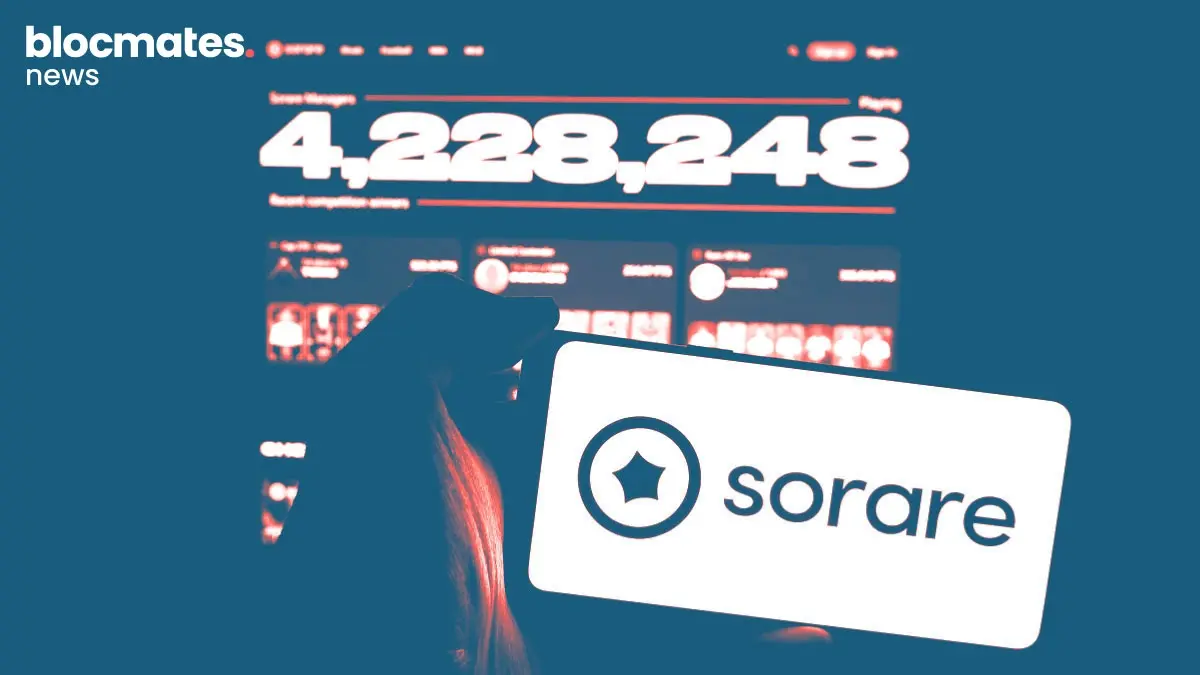




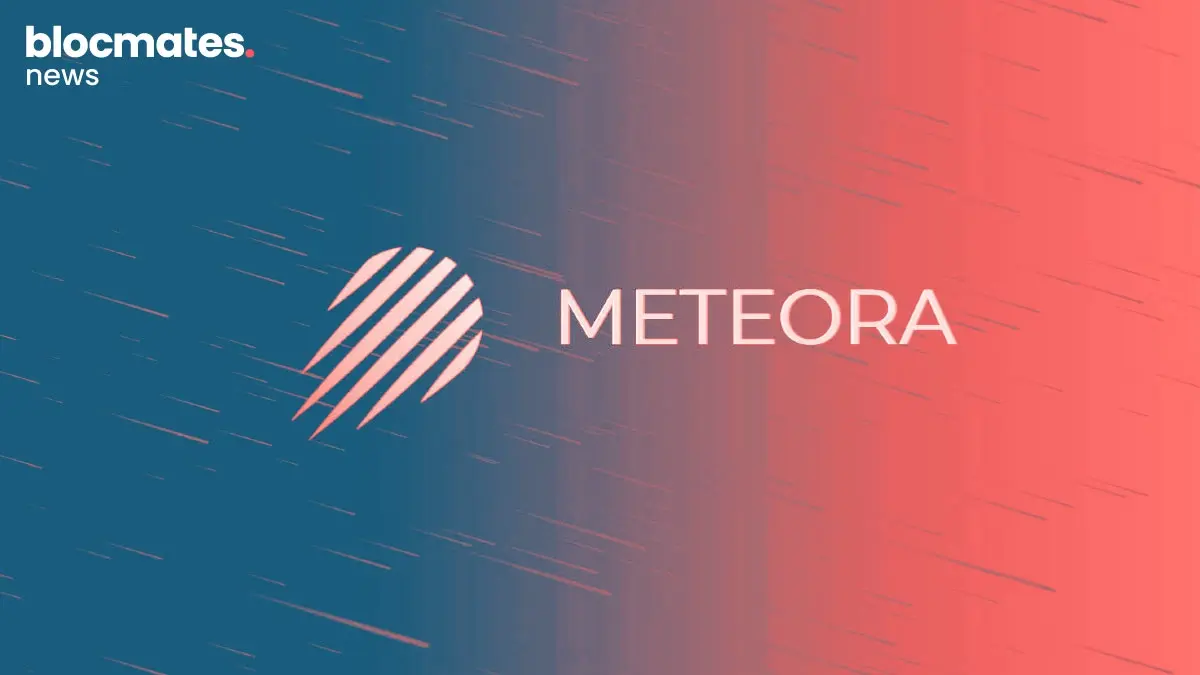


.webp)

.webp)

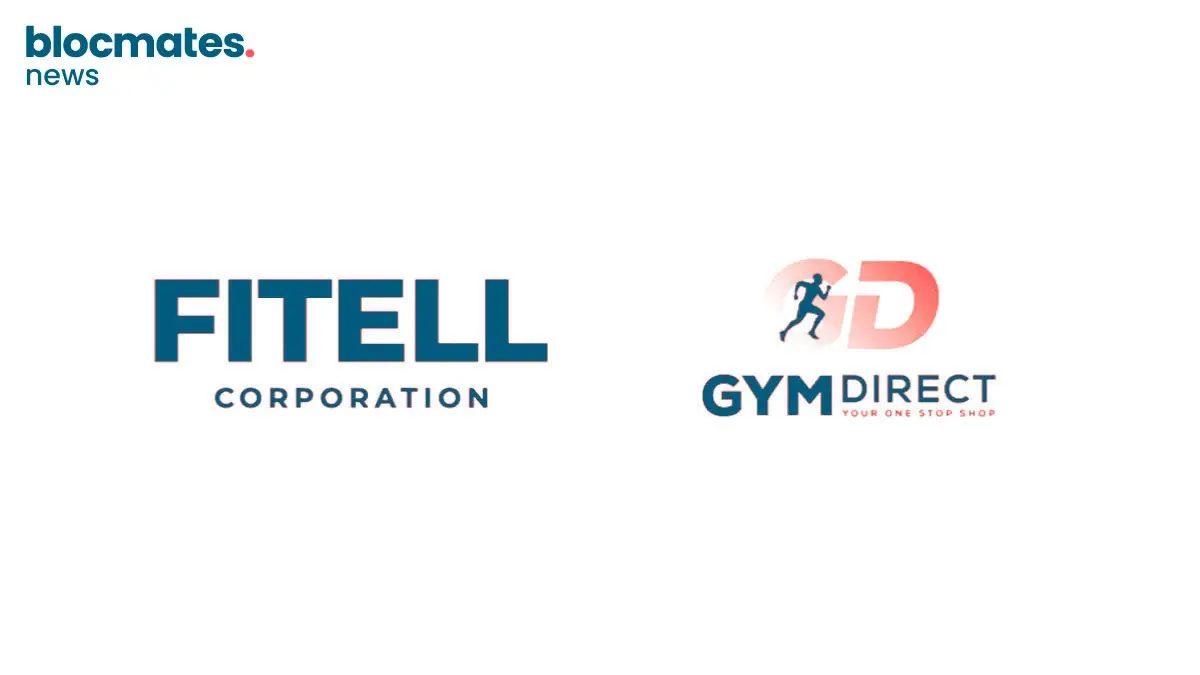
.webp)



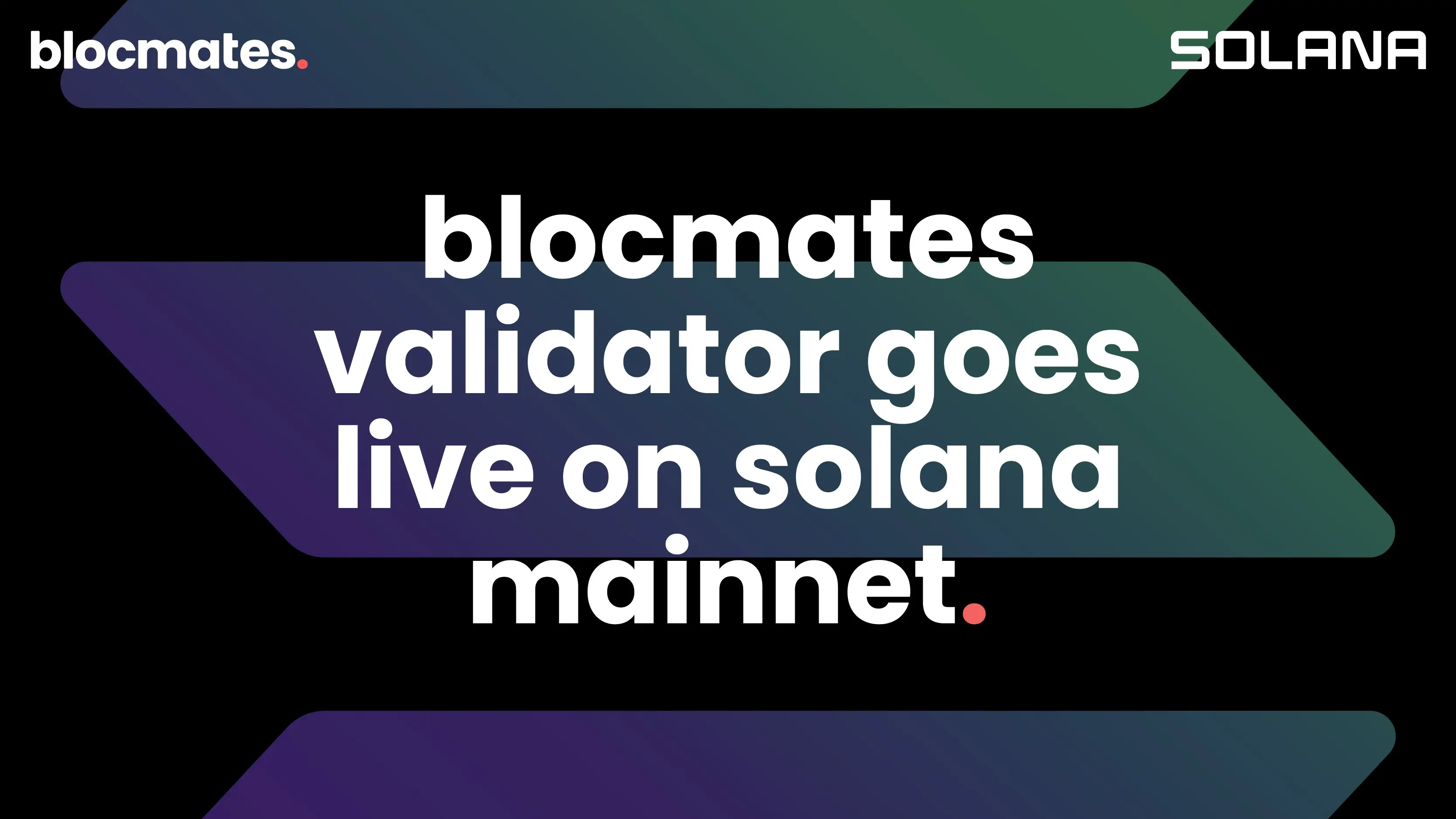
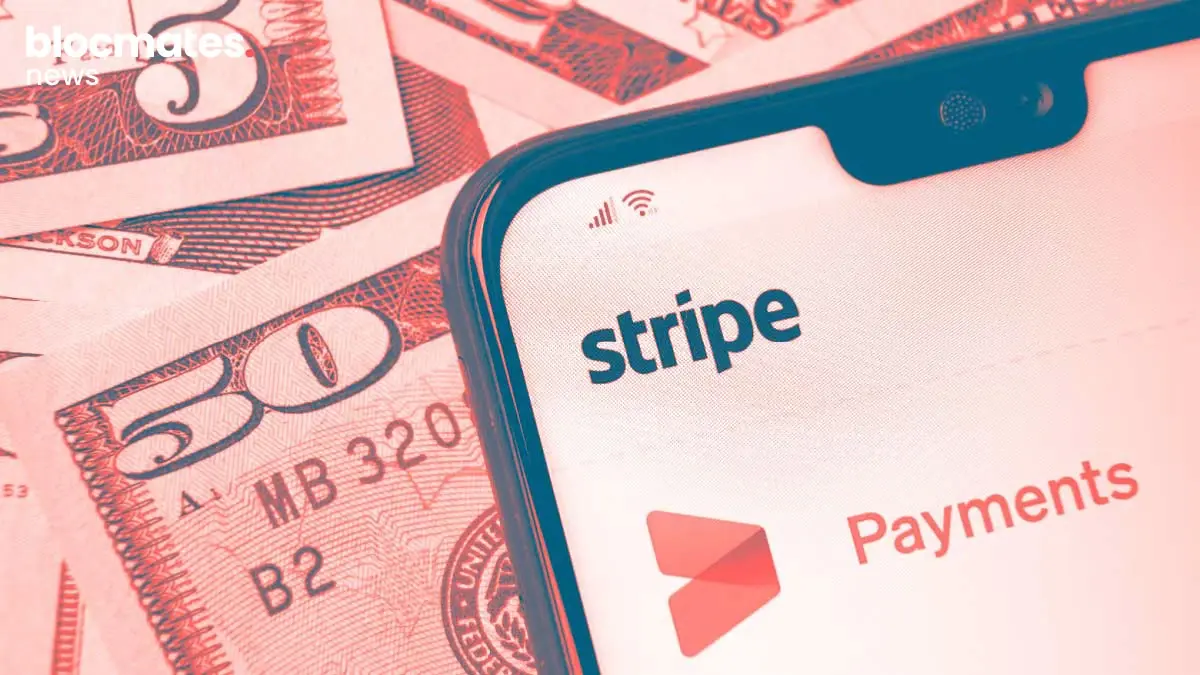
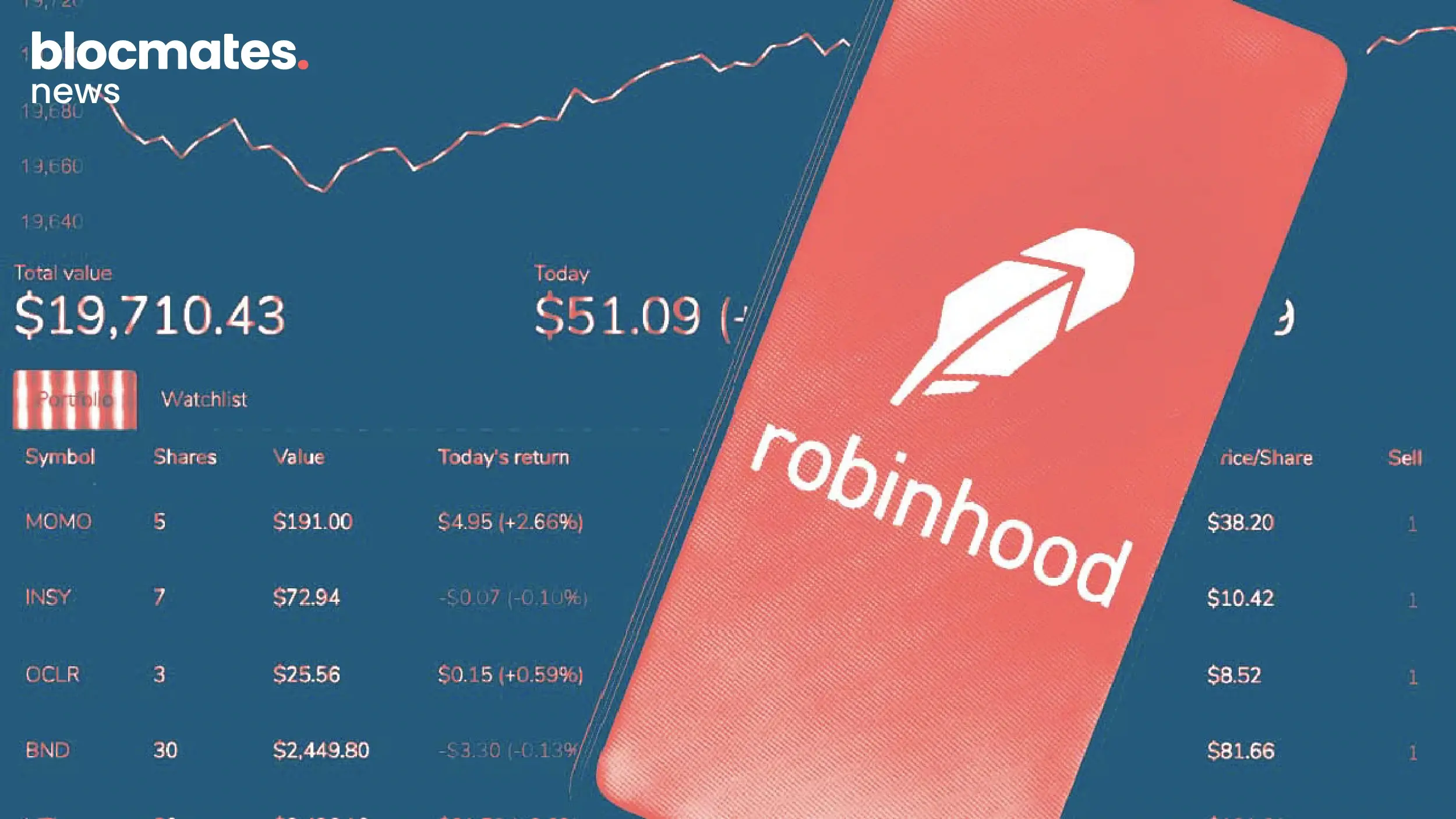


.webp)






